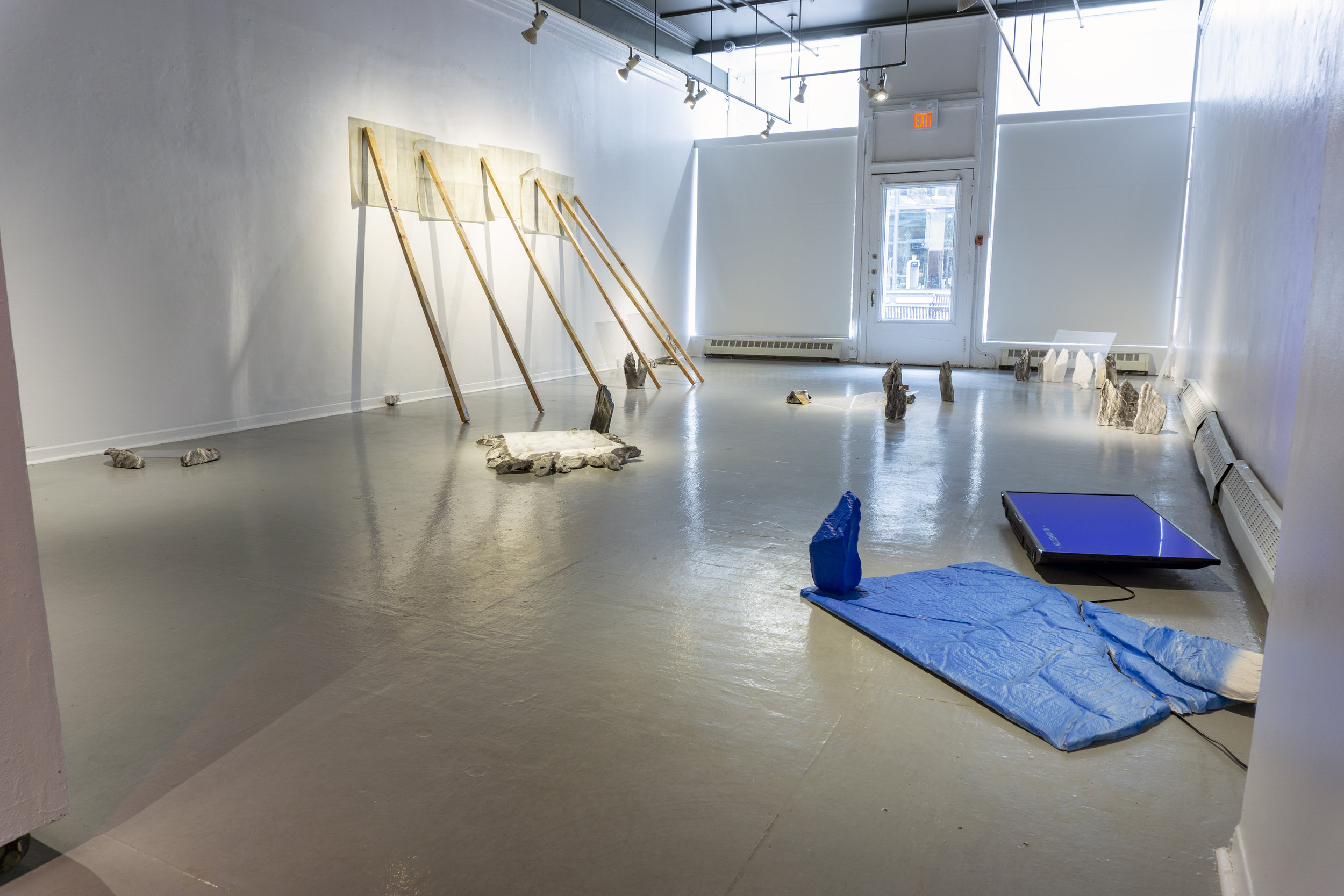


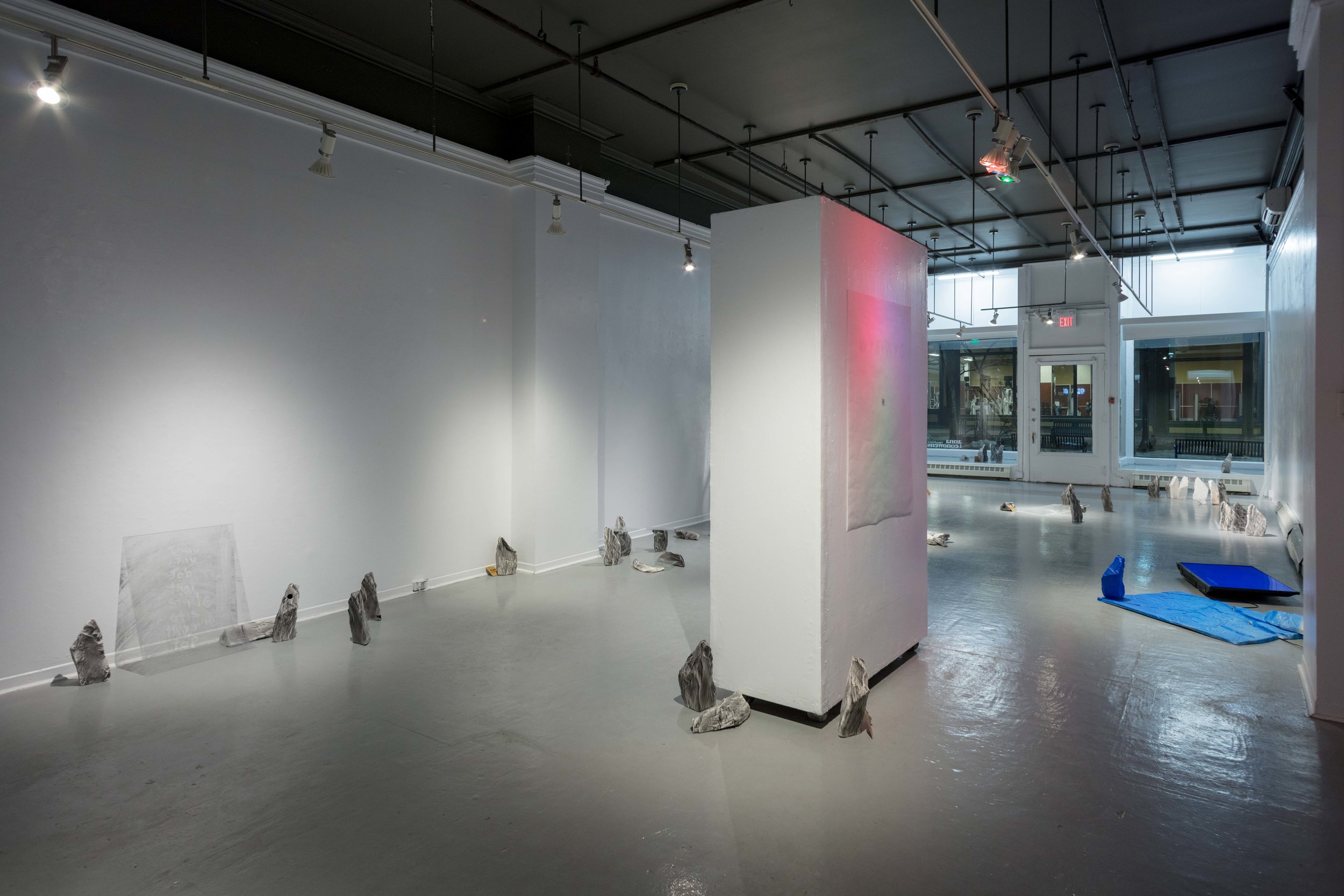
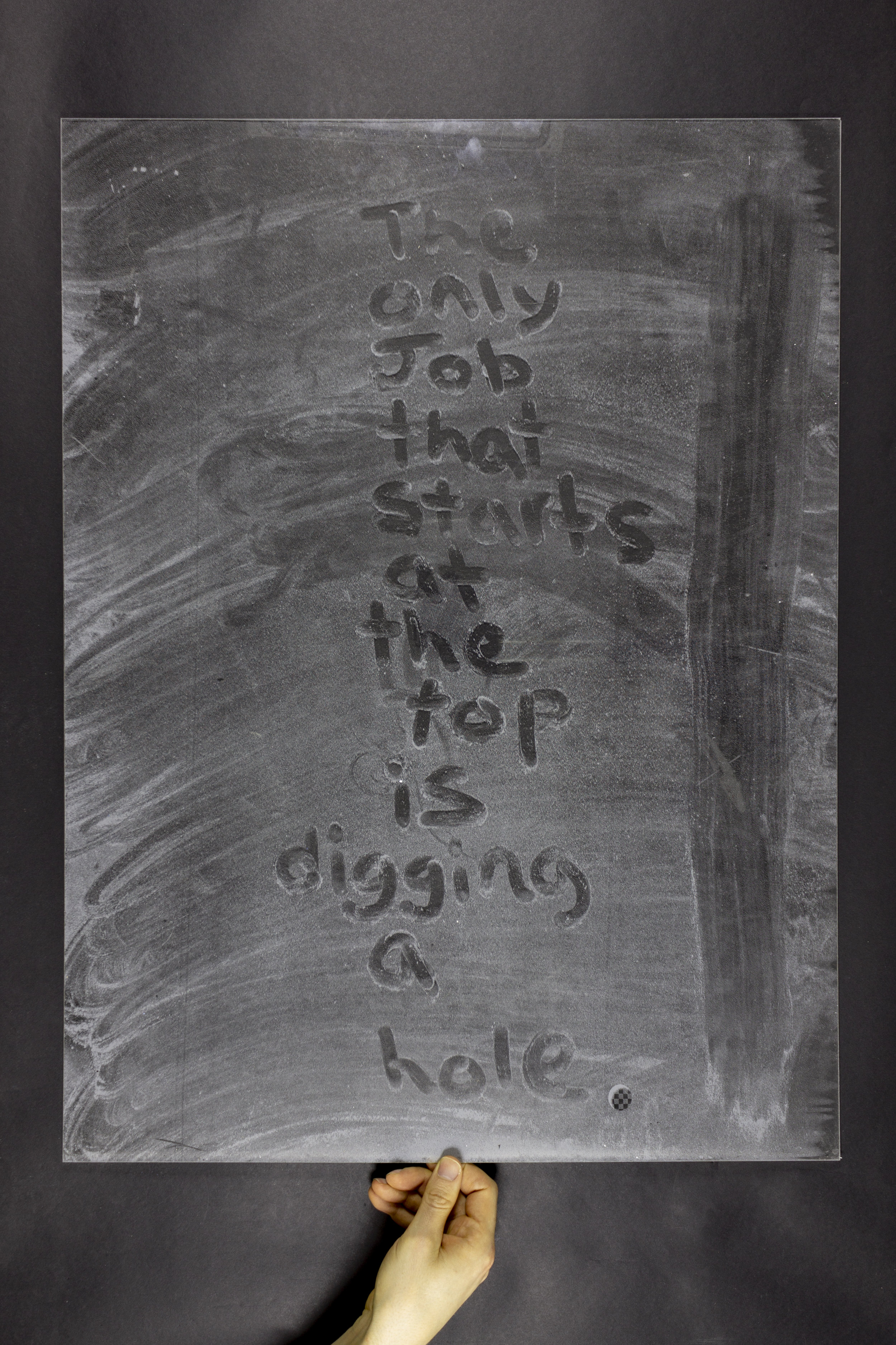
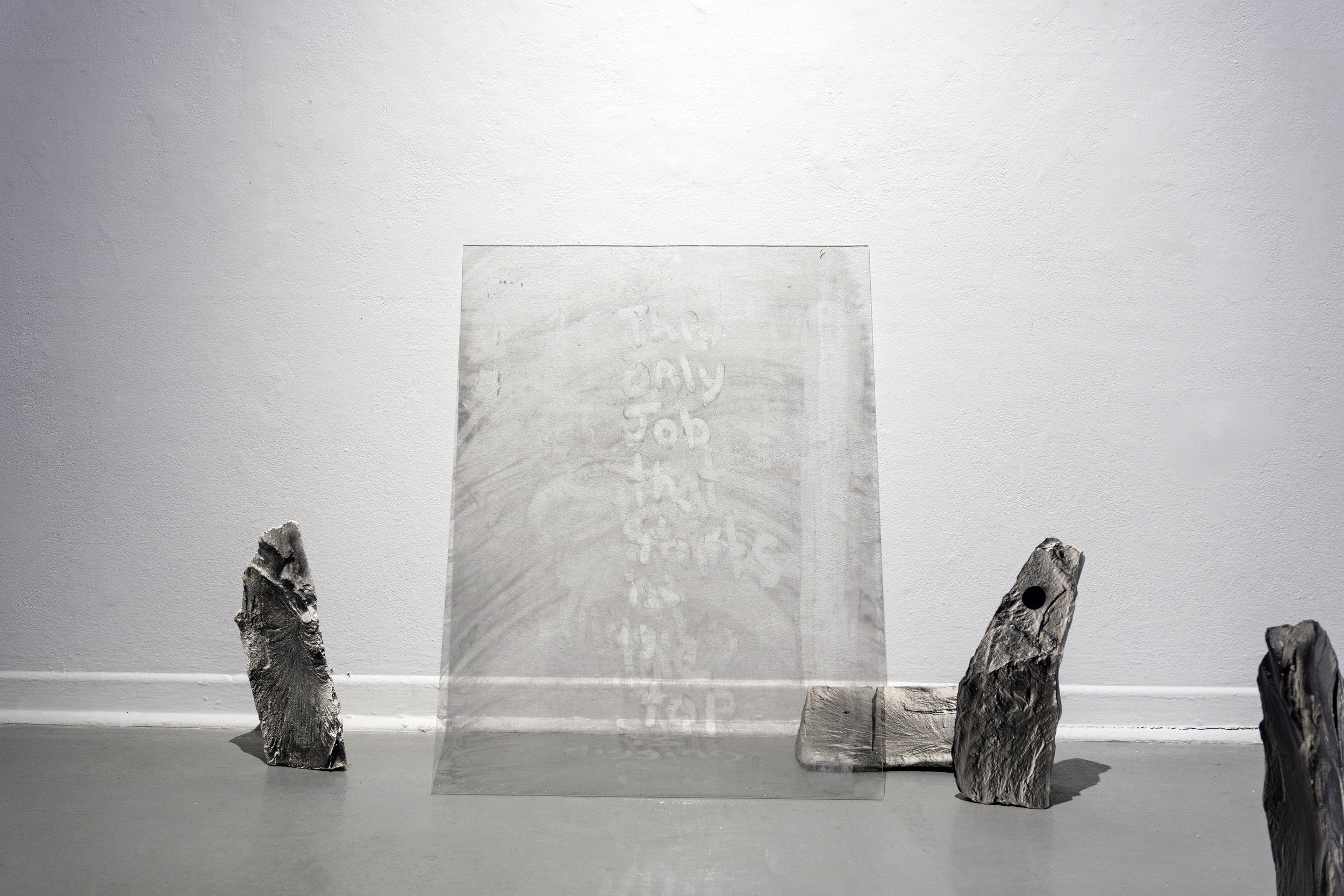

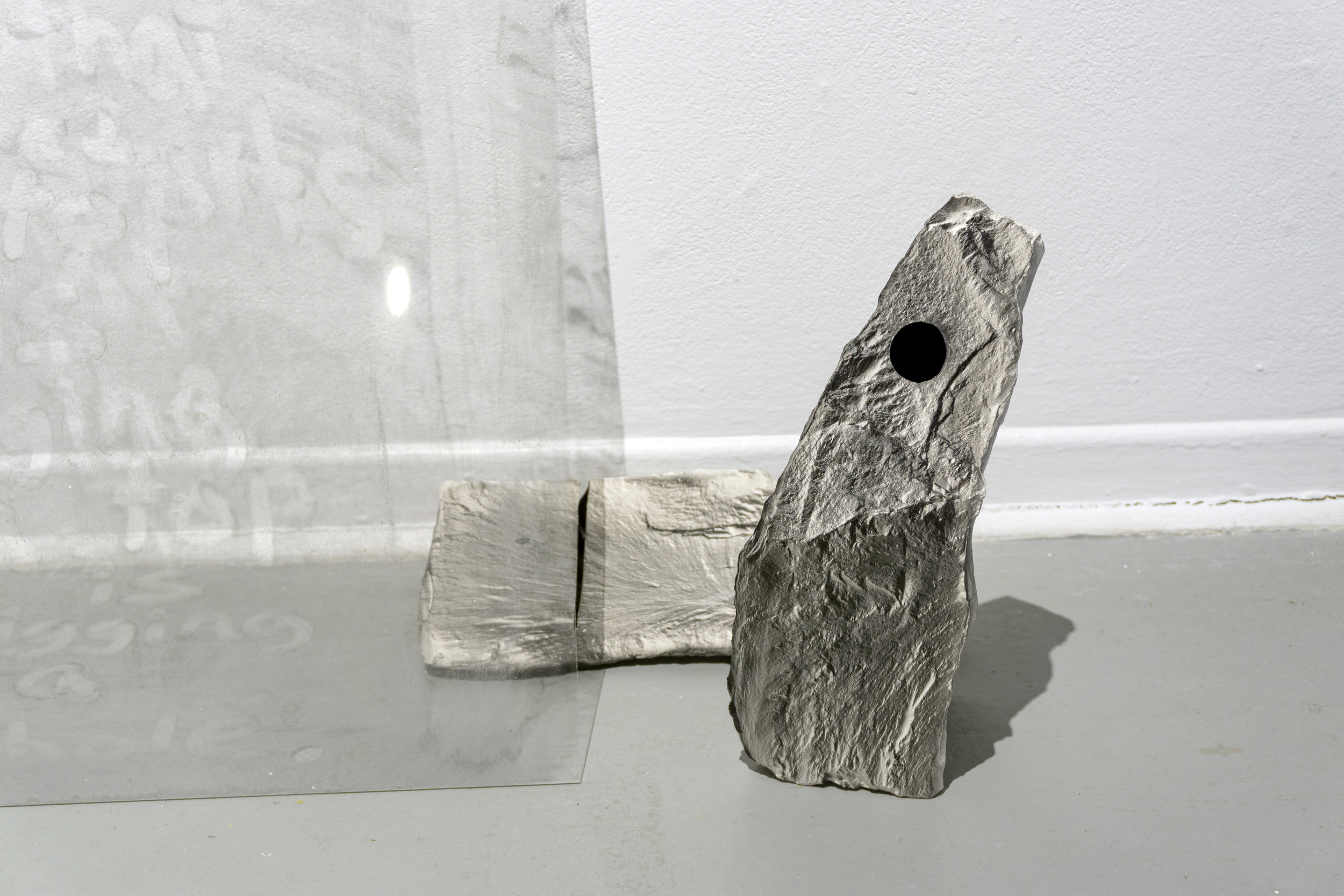
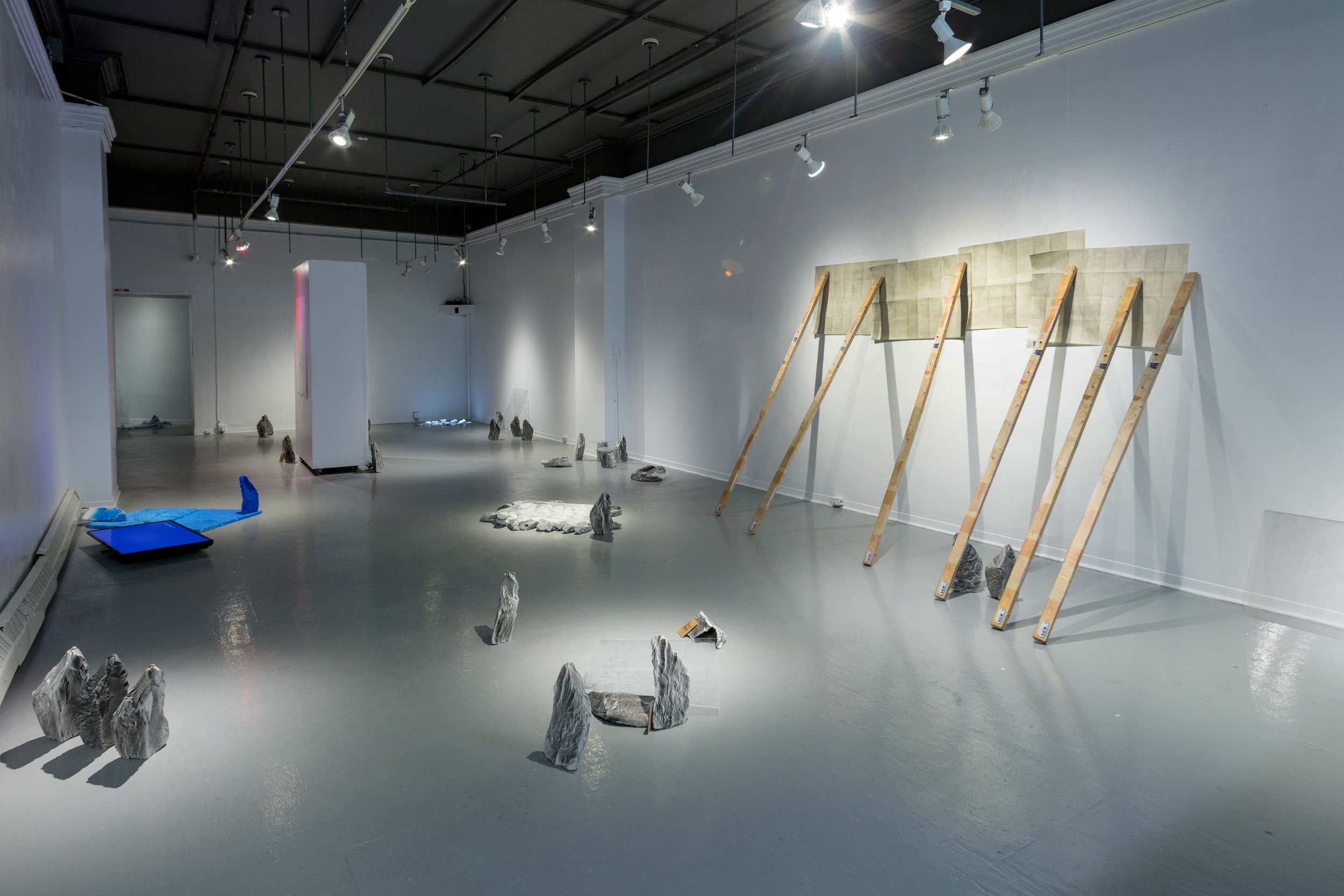
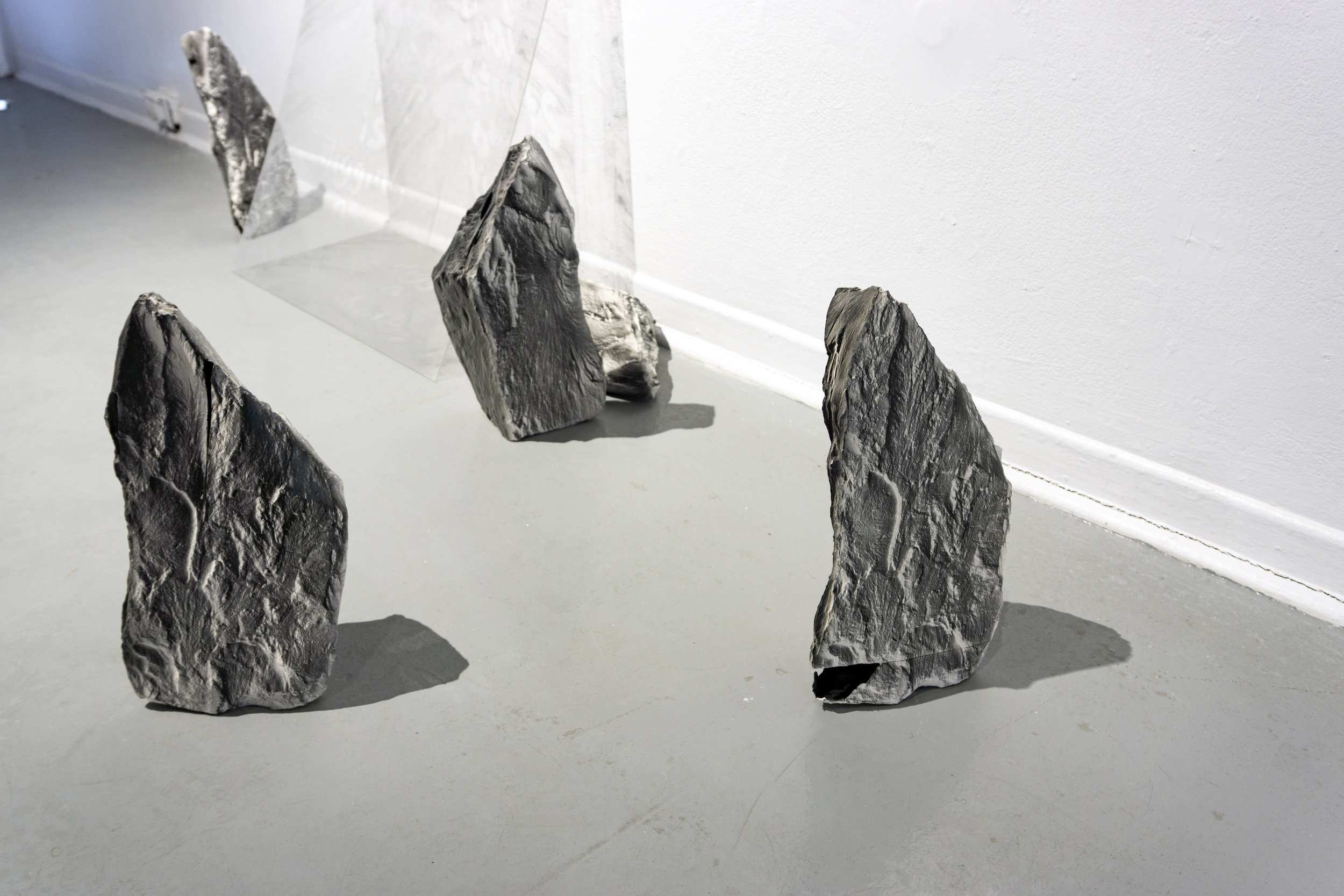
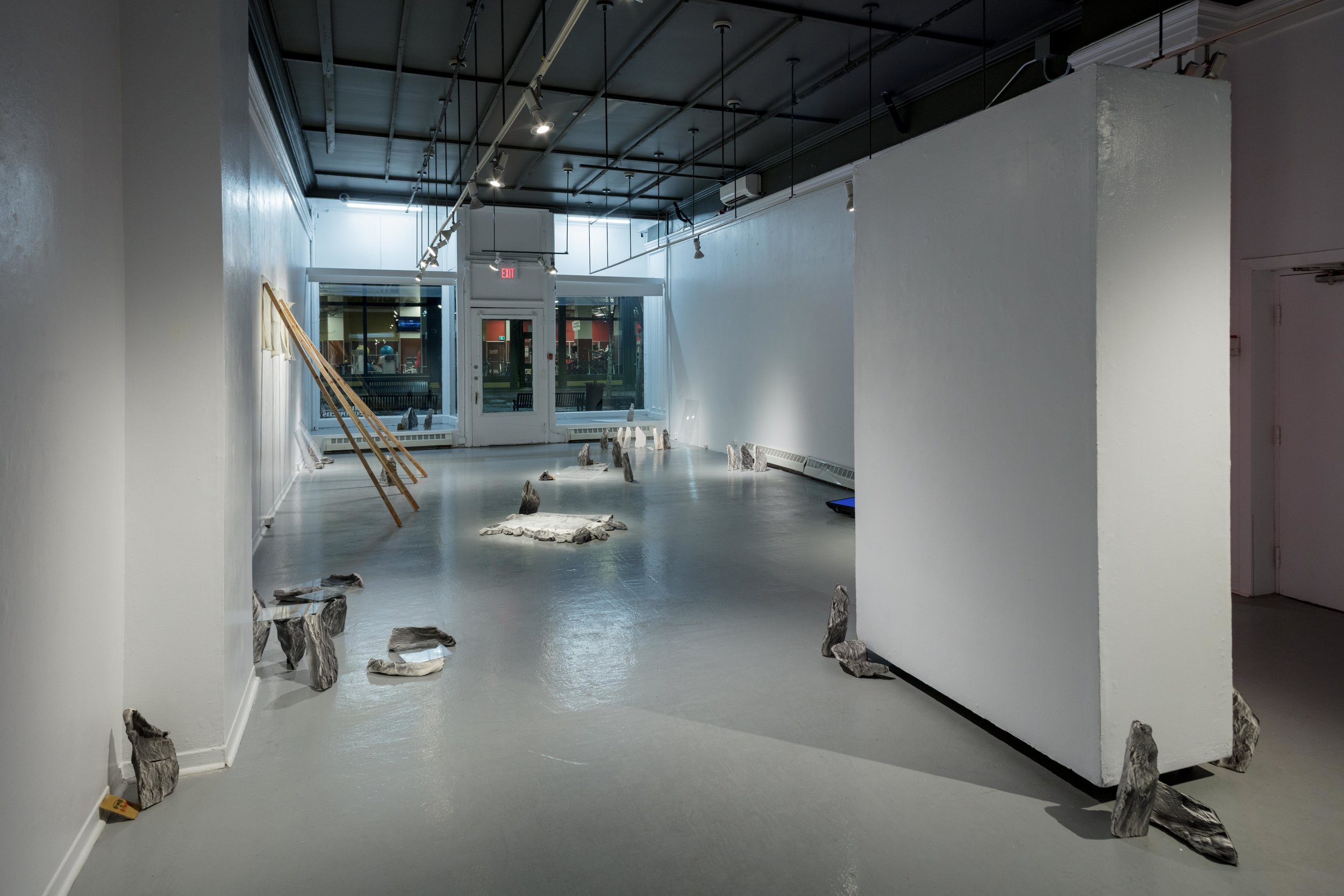
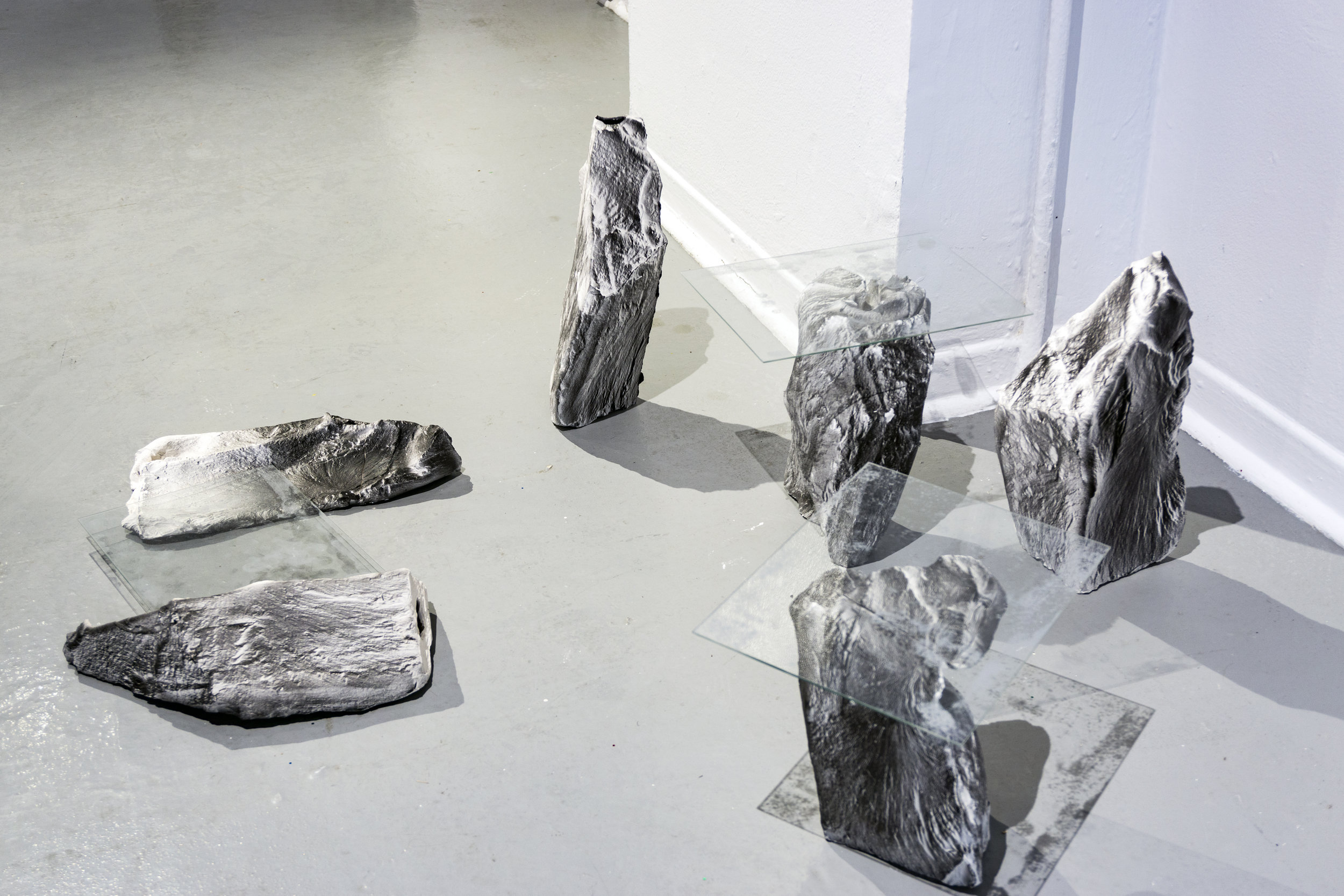
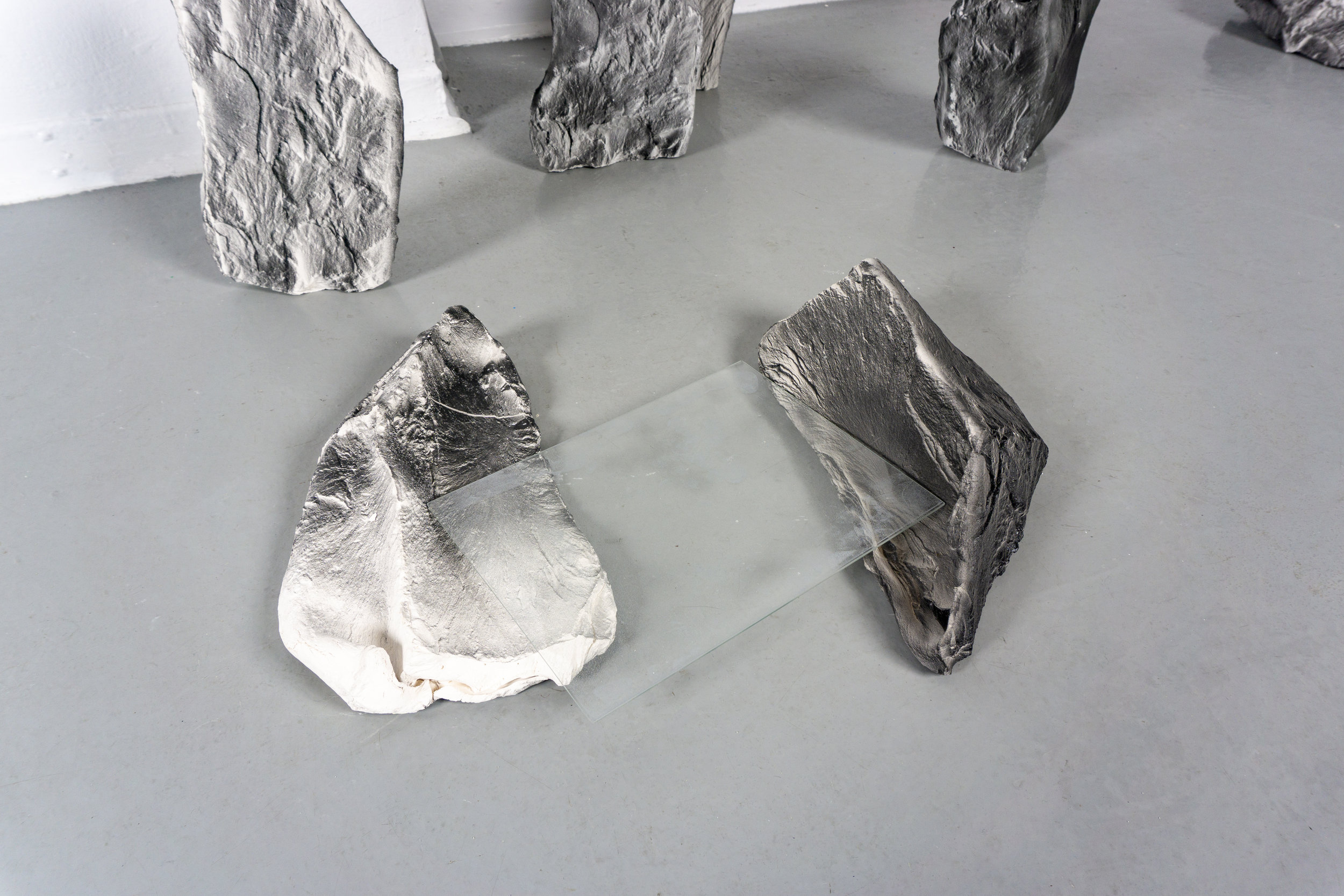
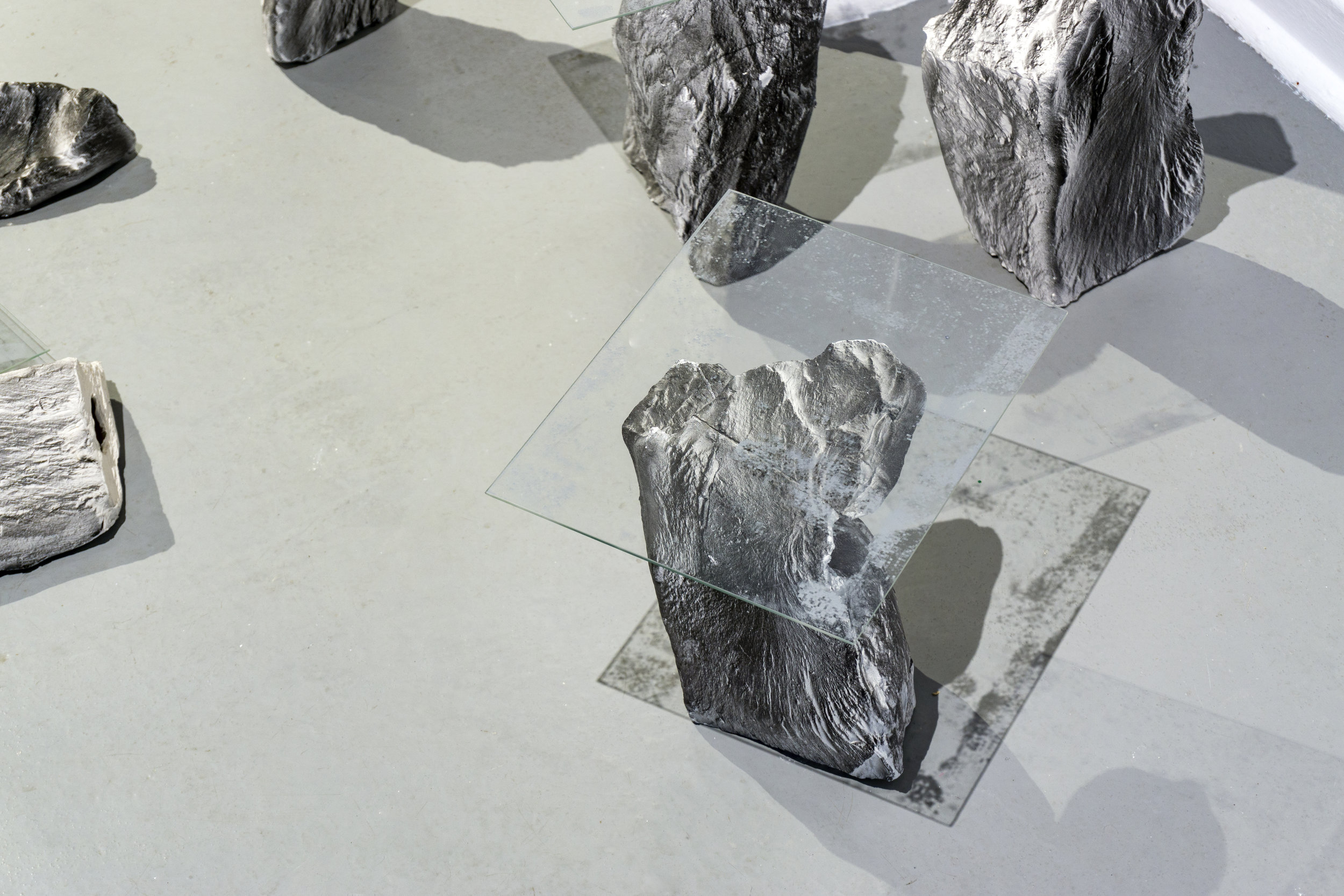
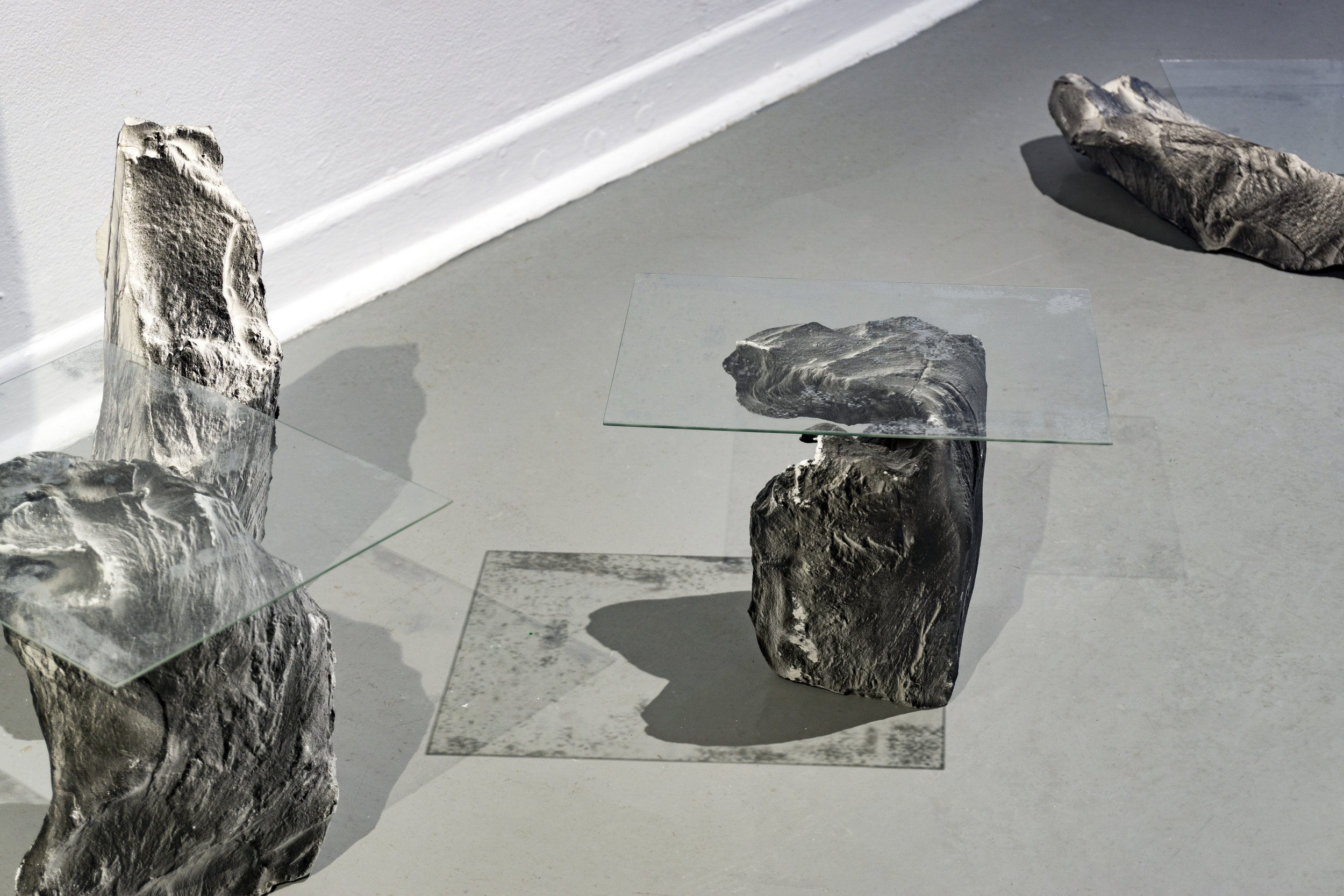
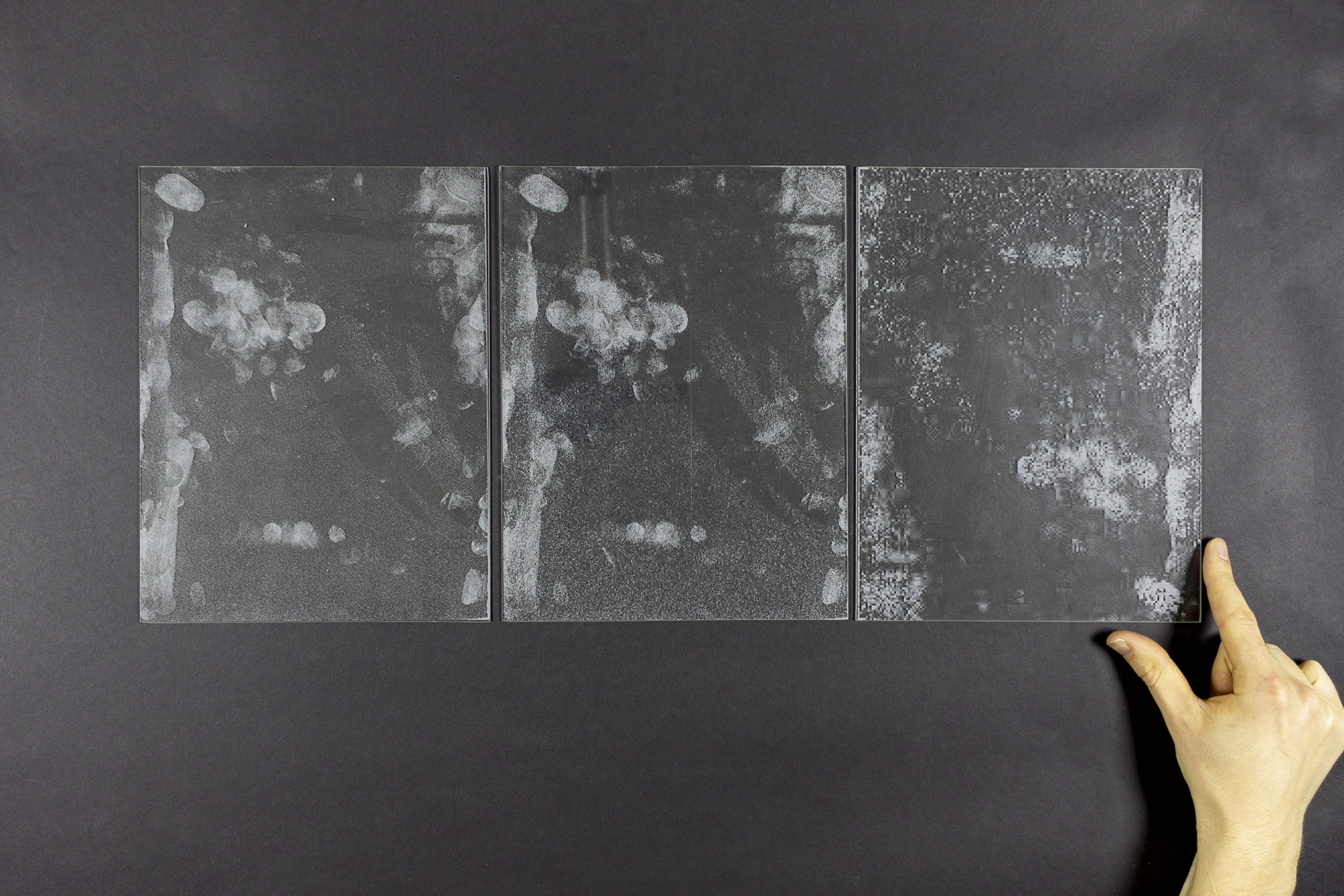


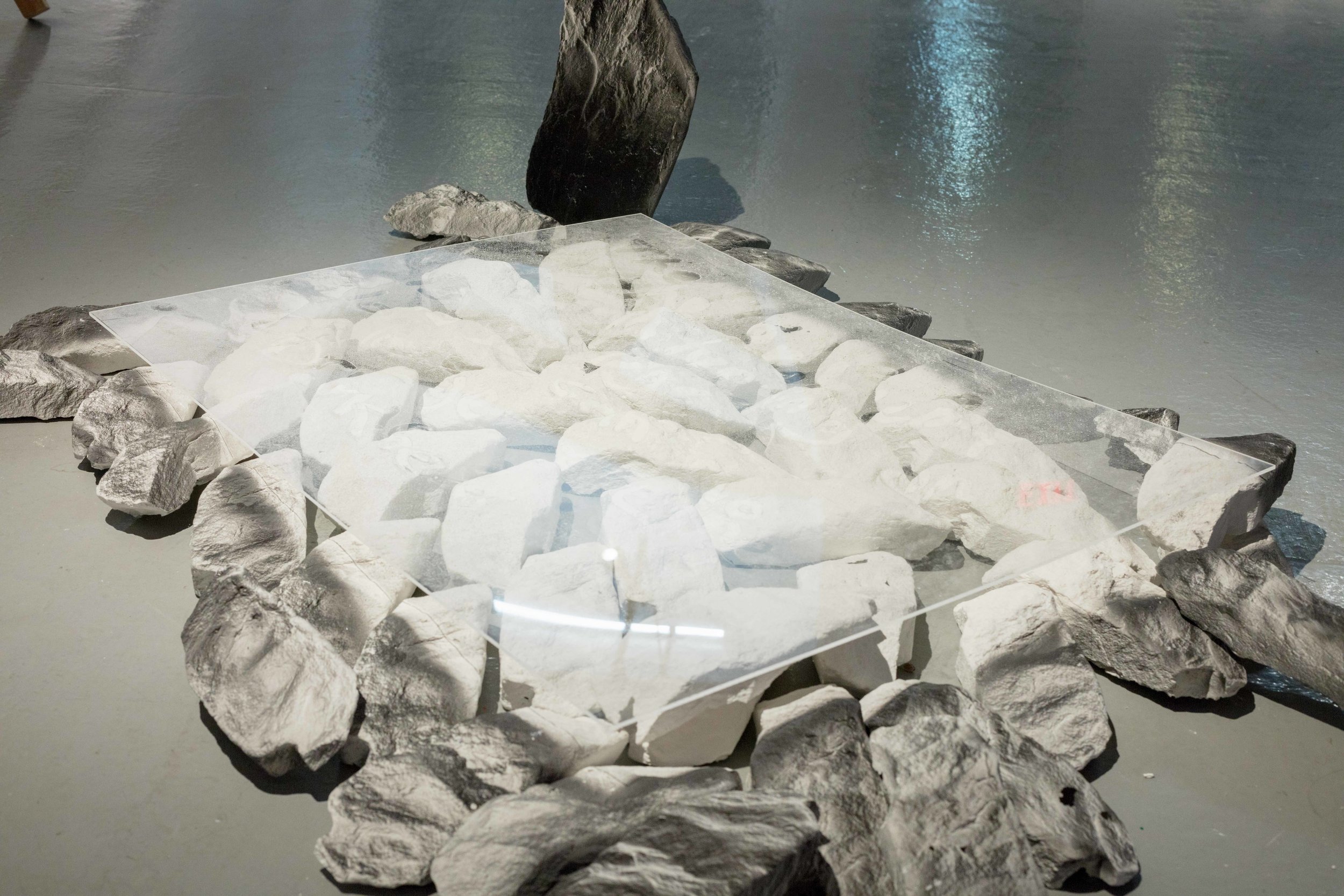
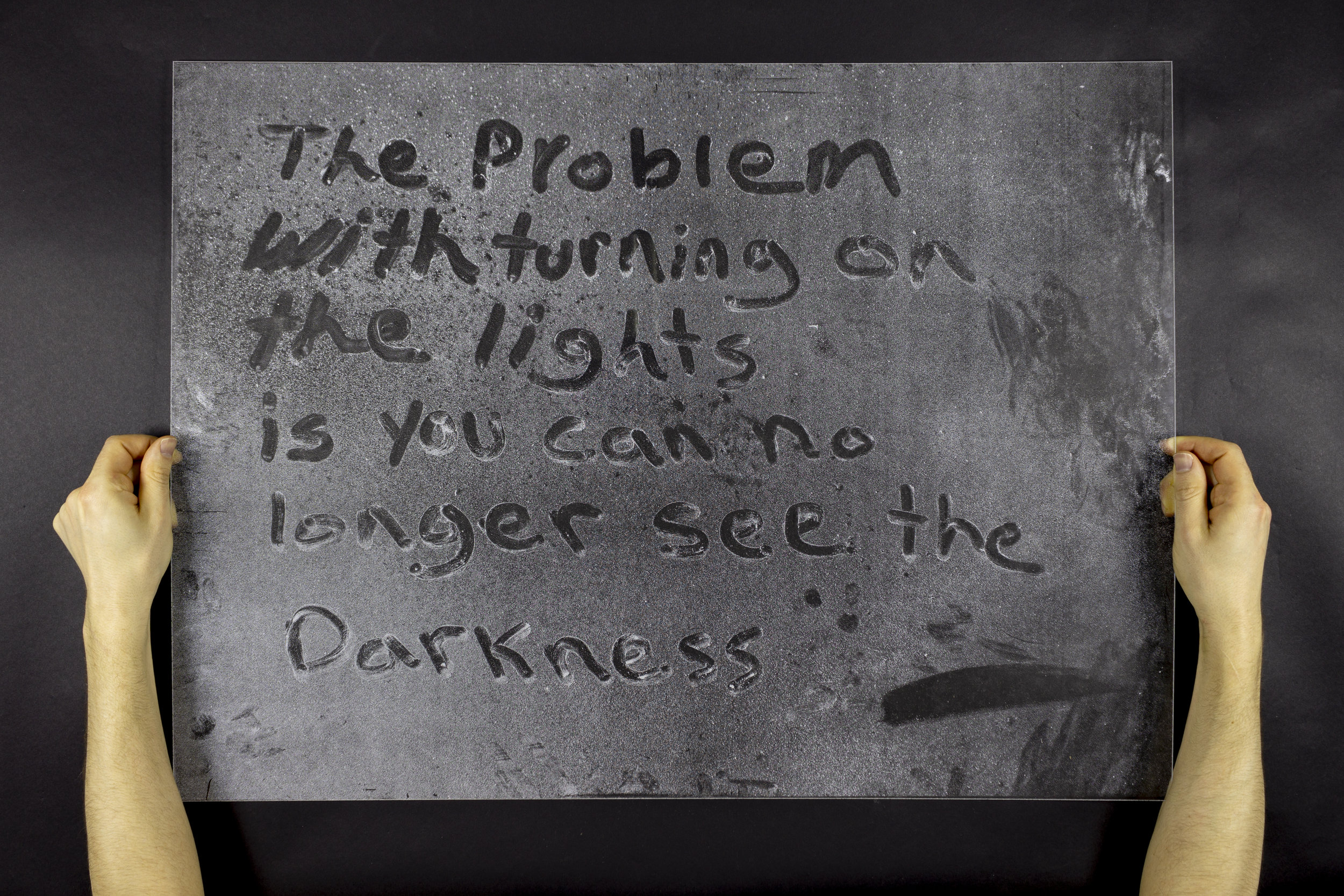
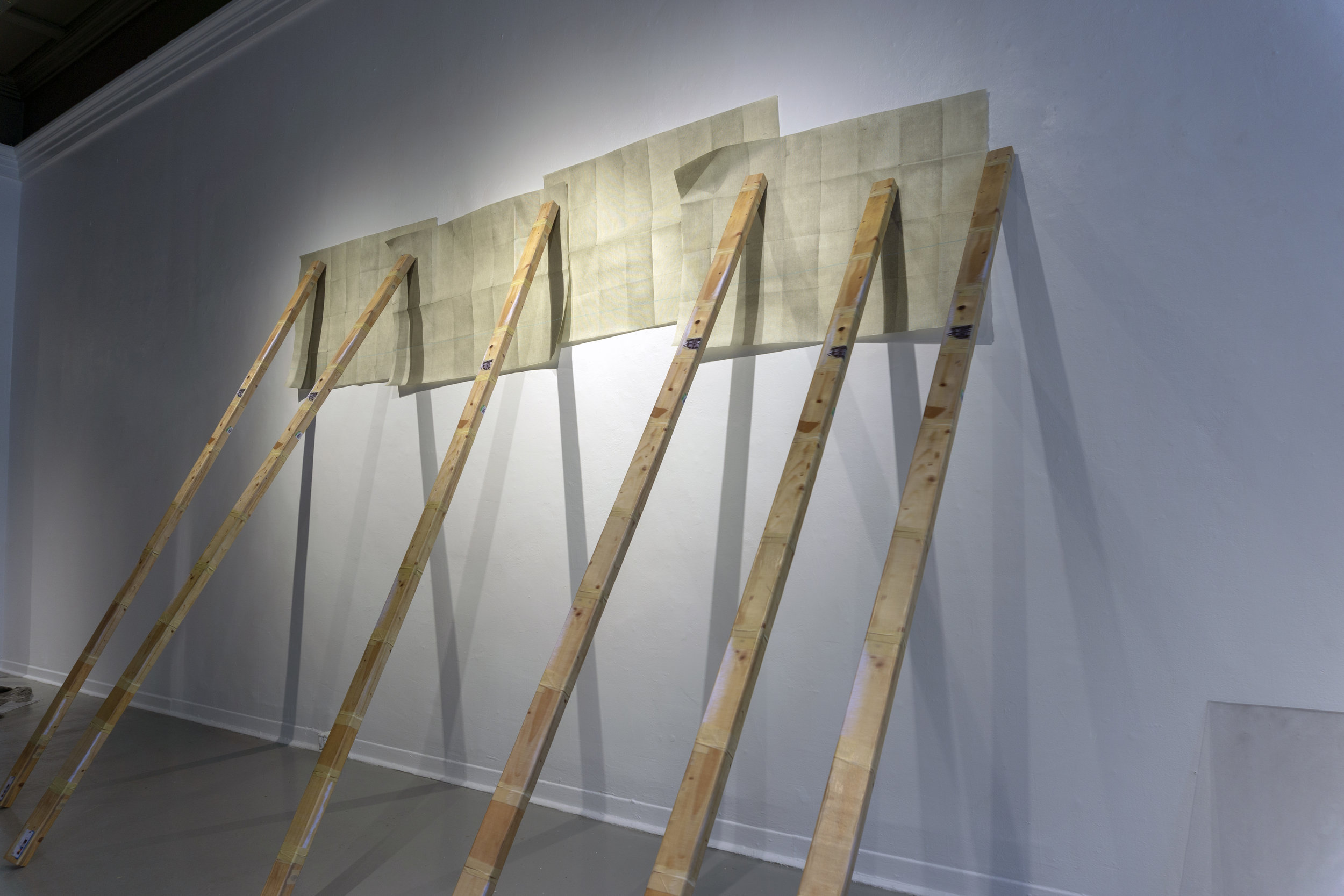


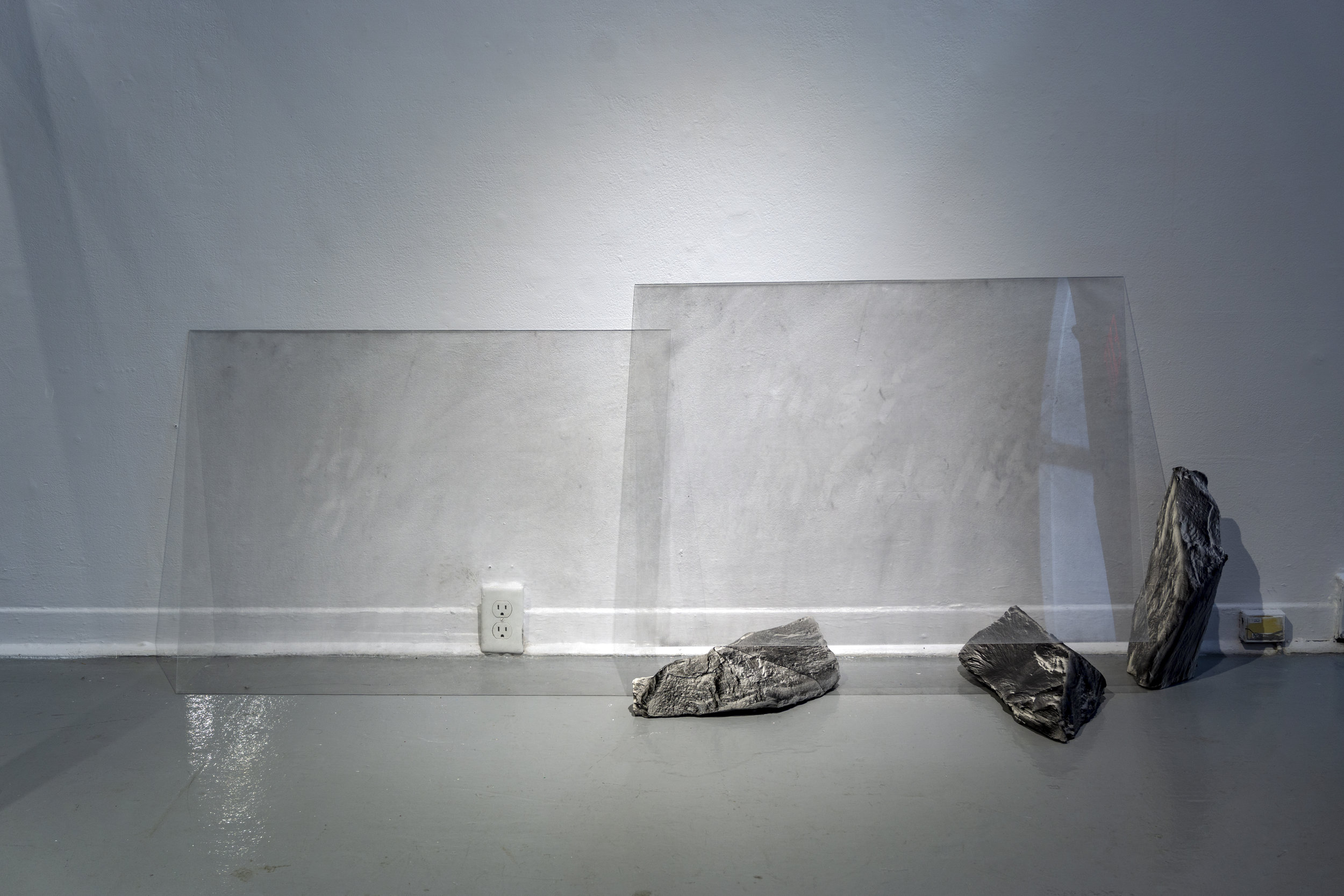
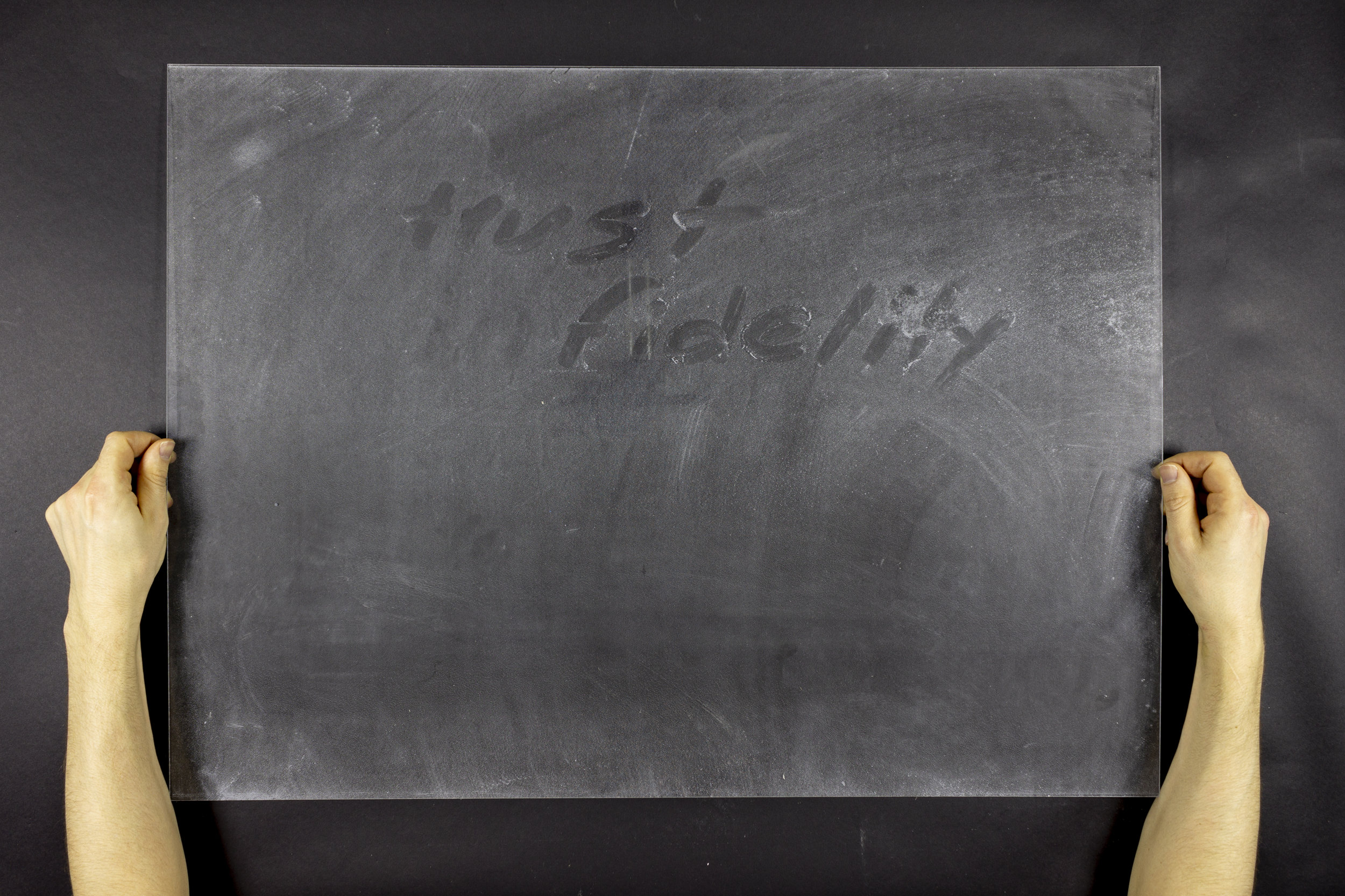
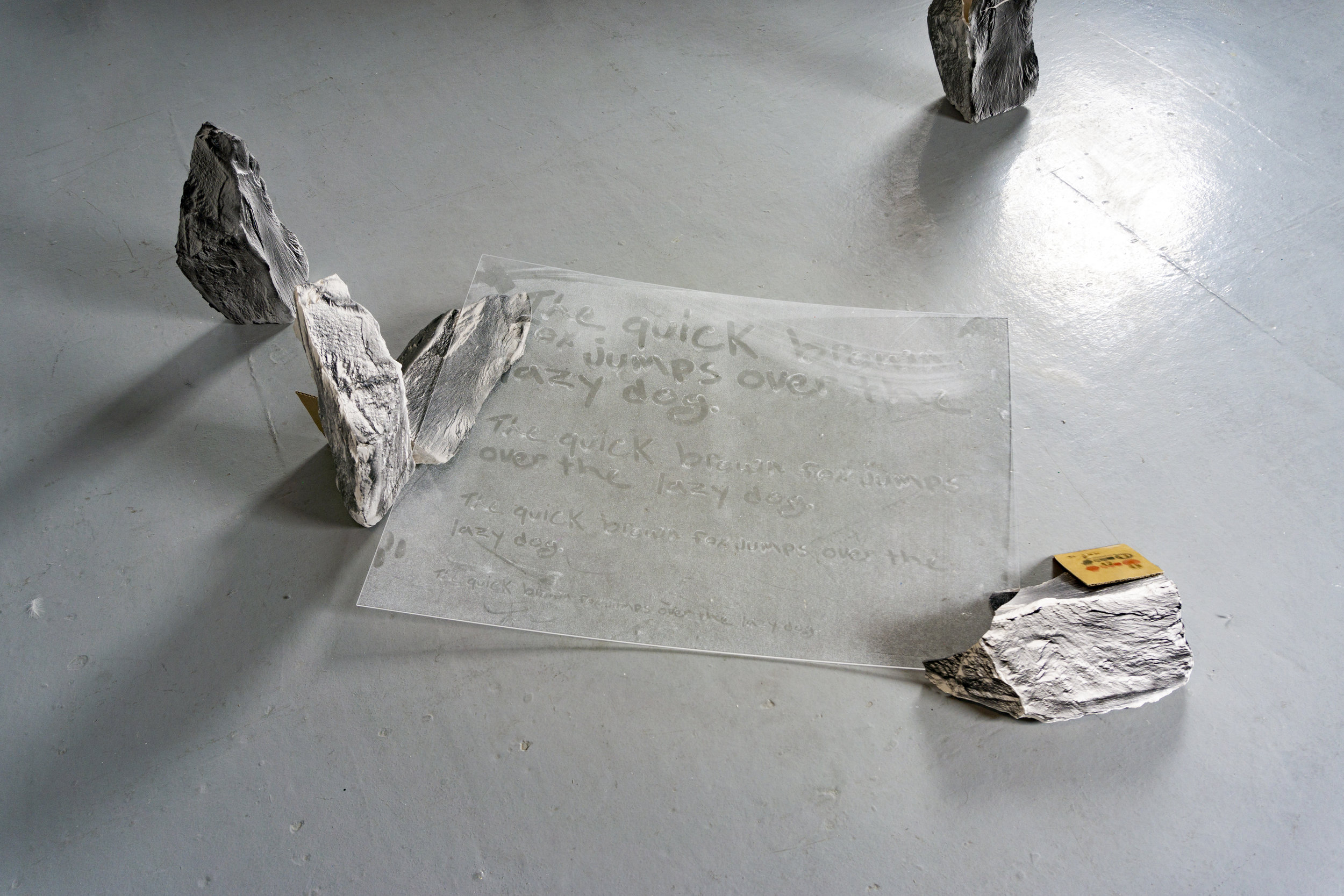
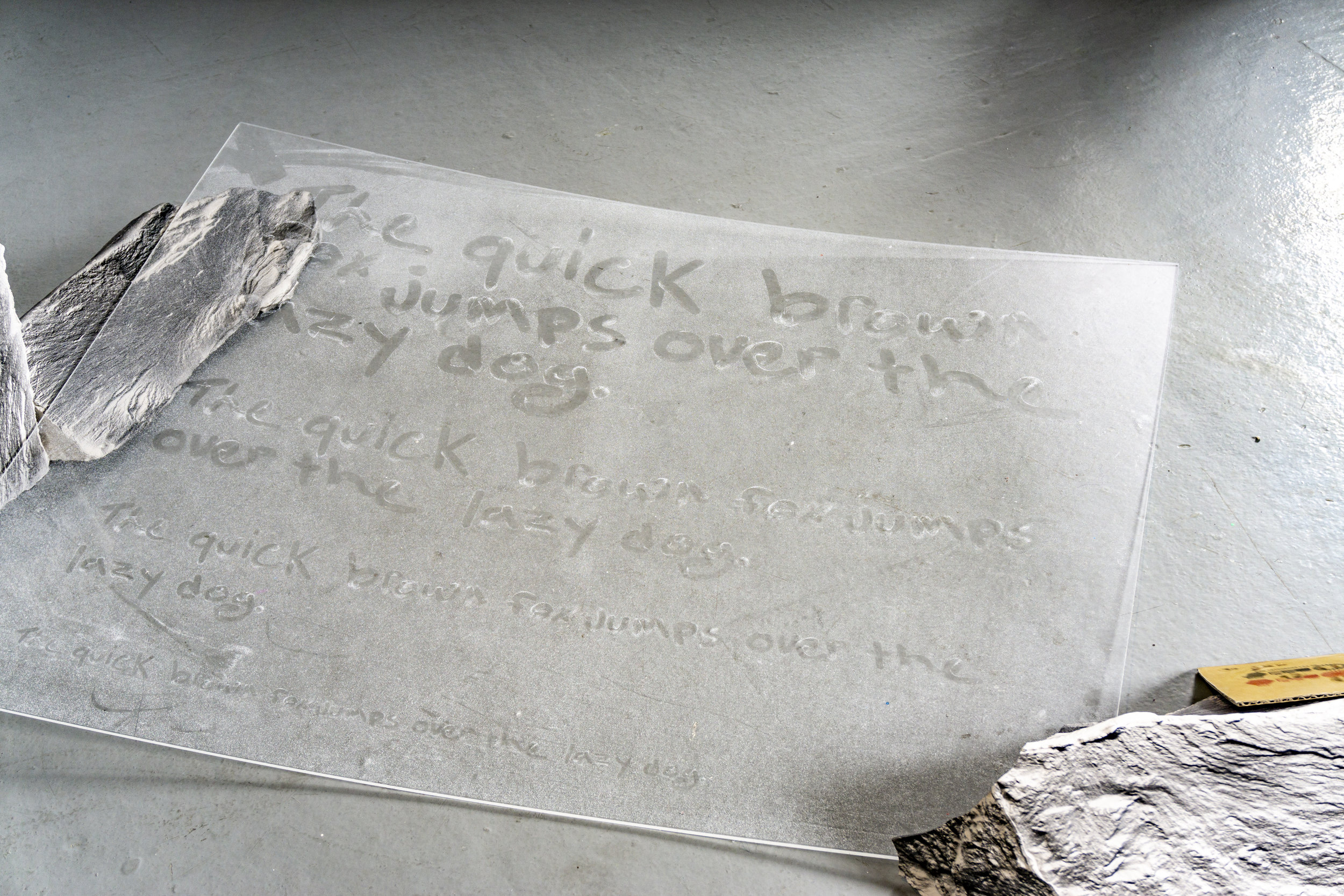
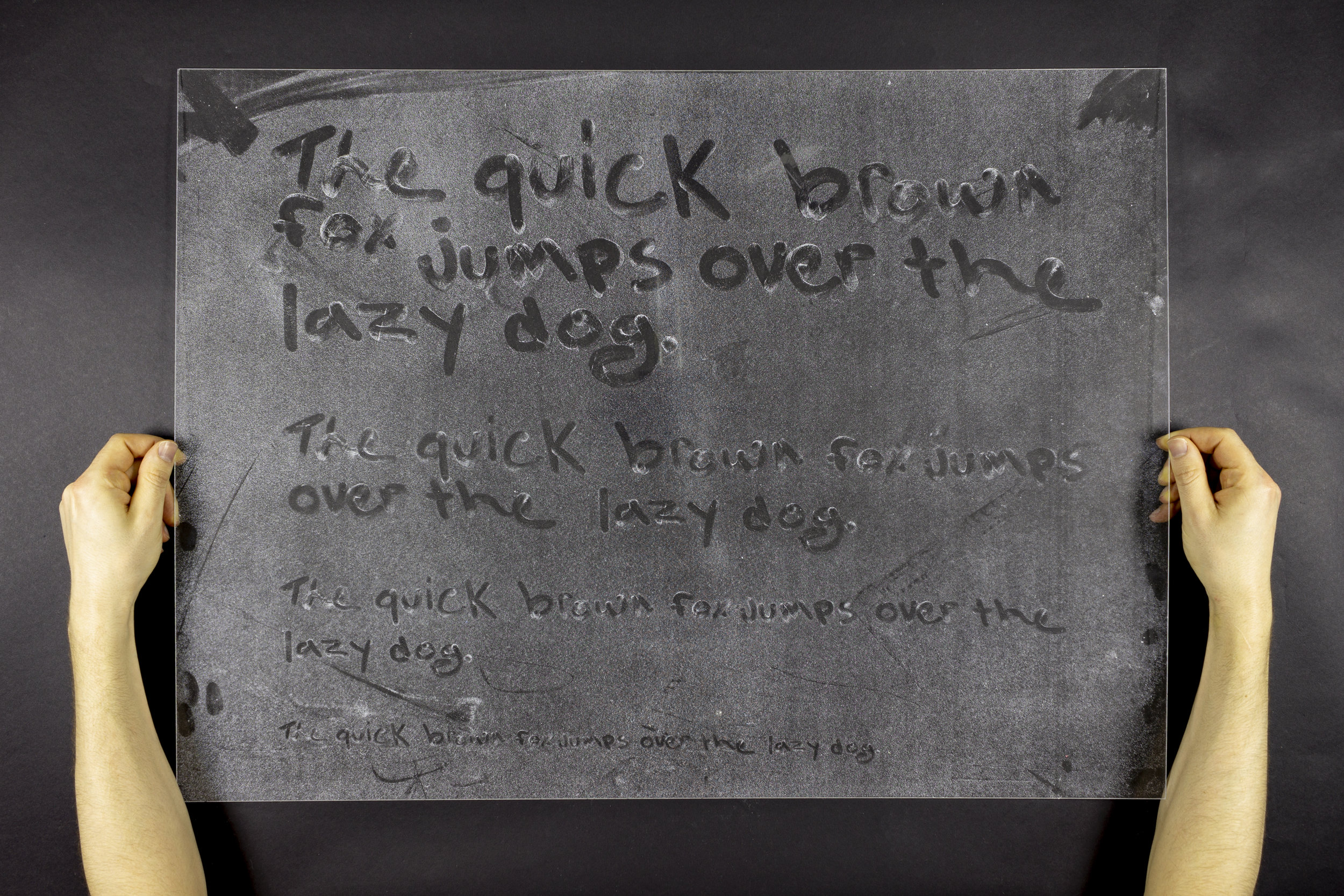
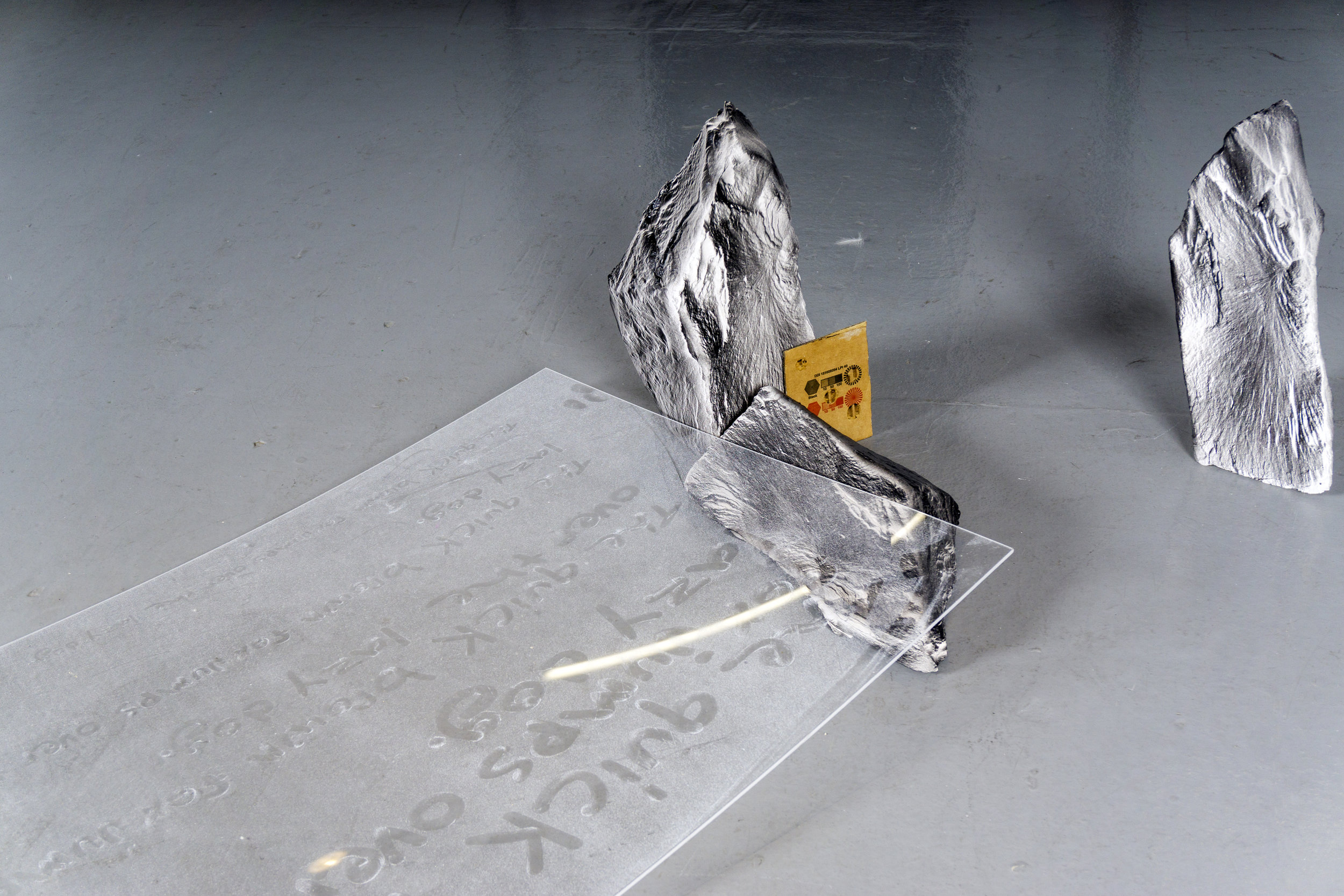
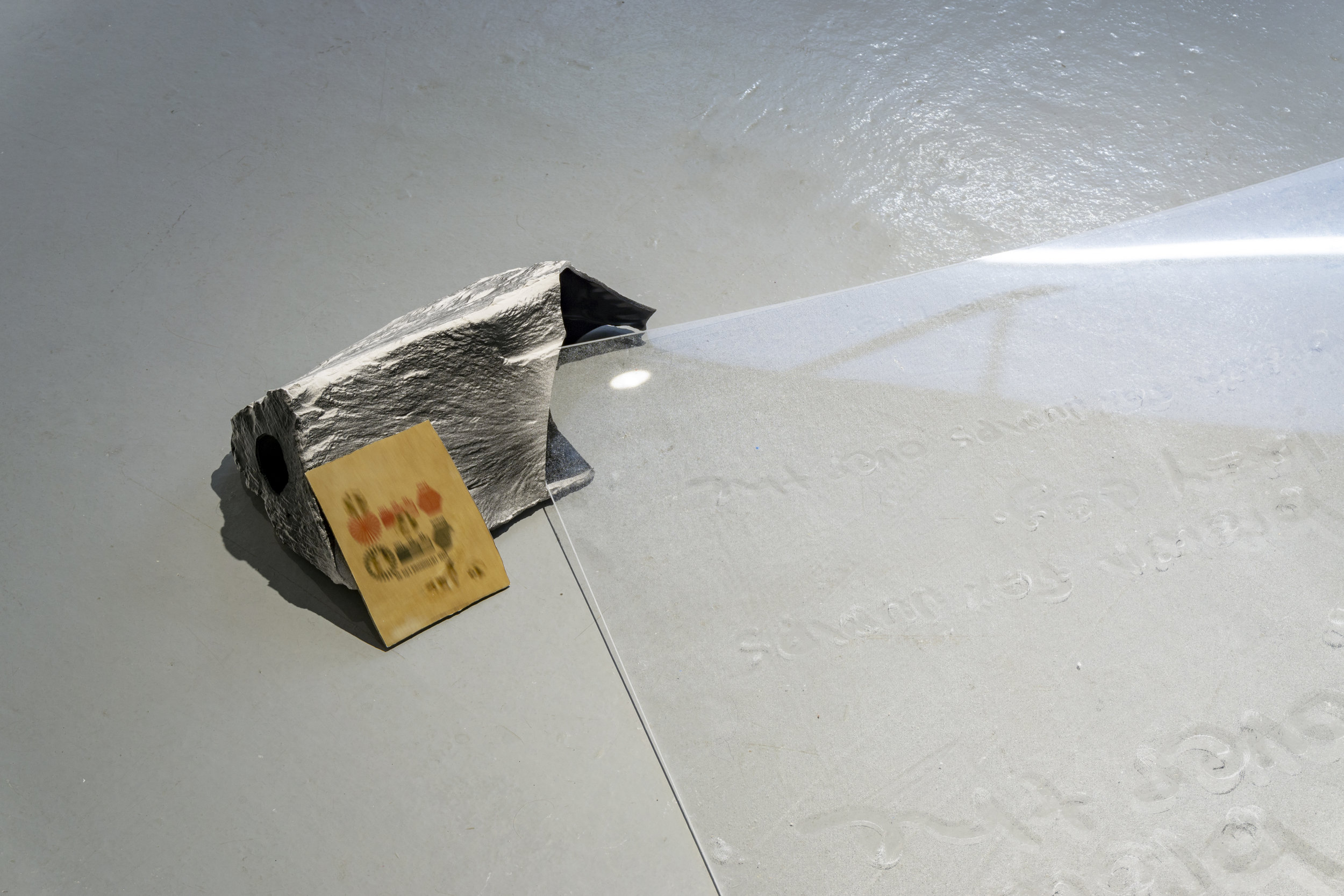
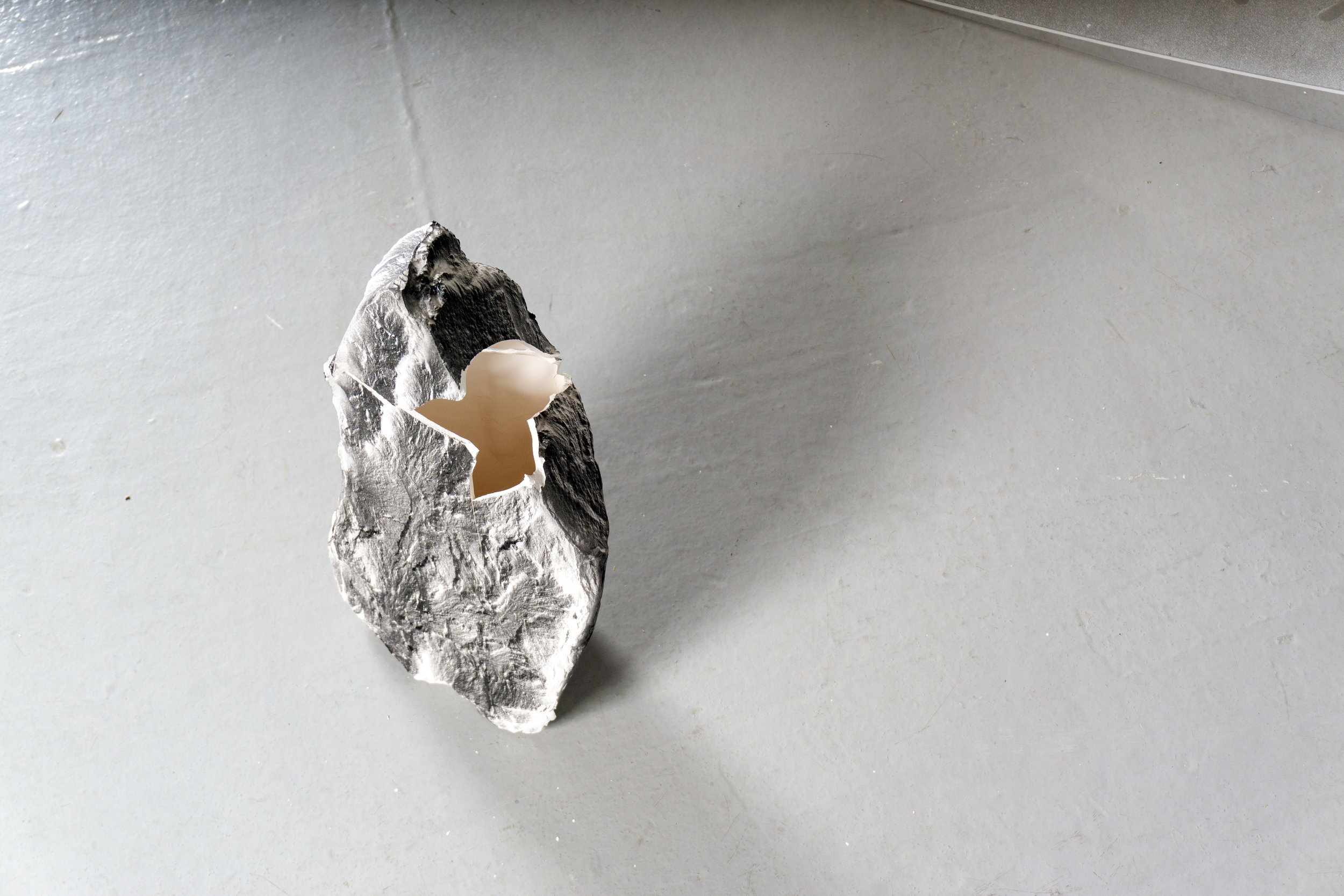

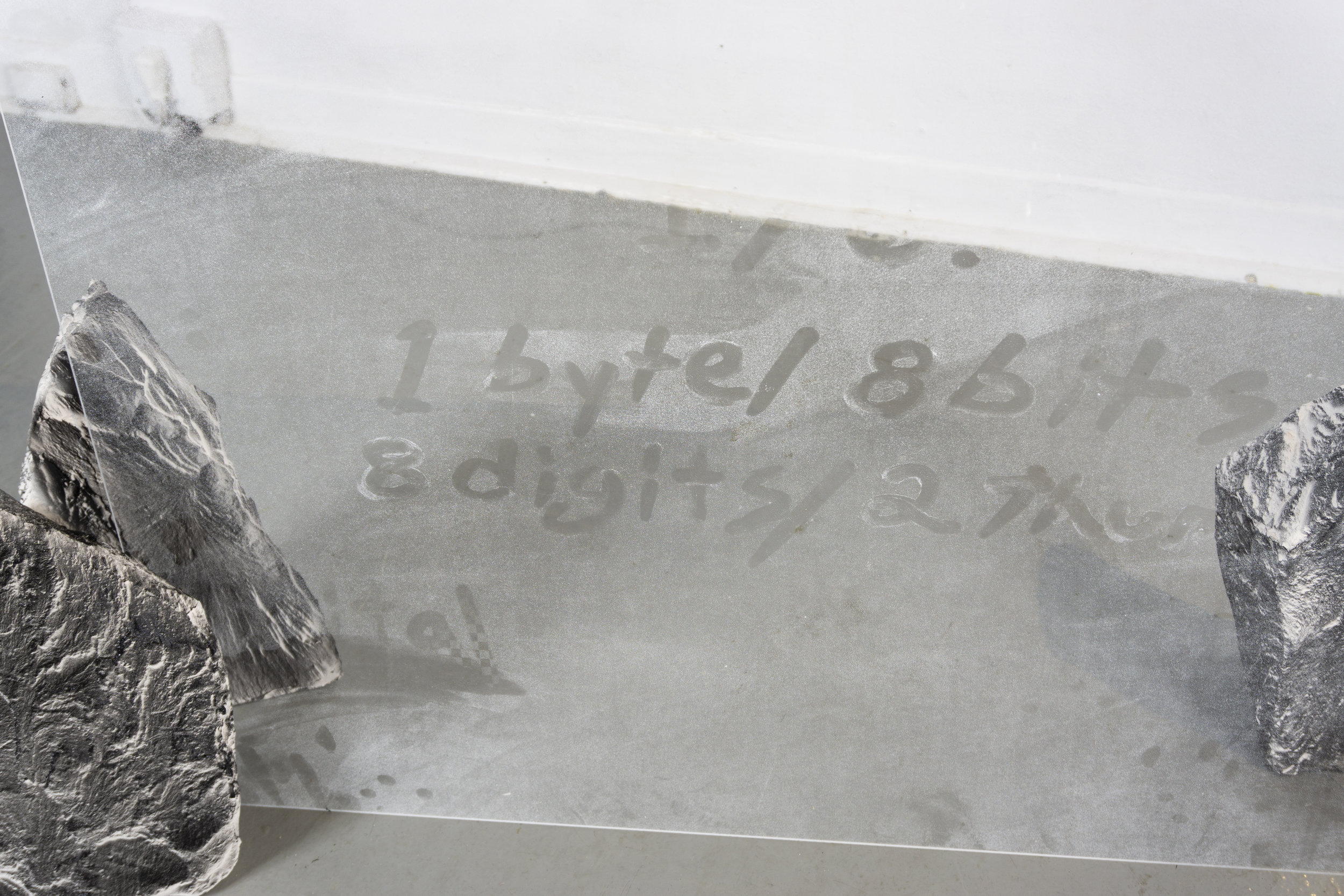

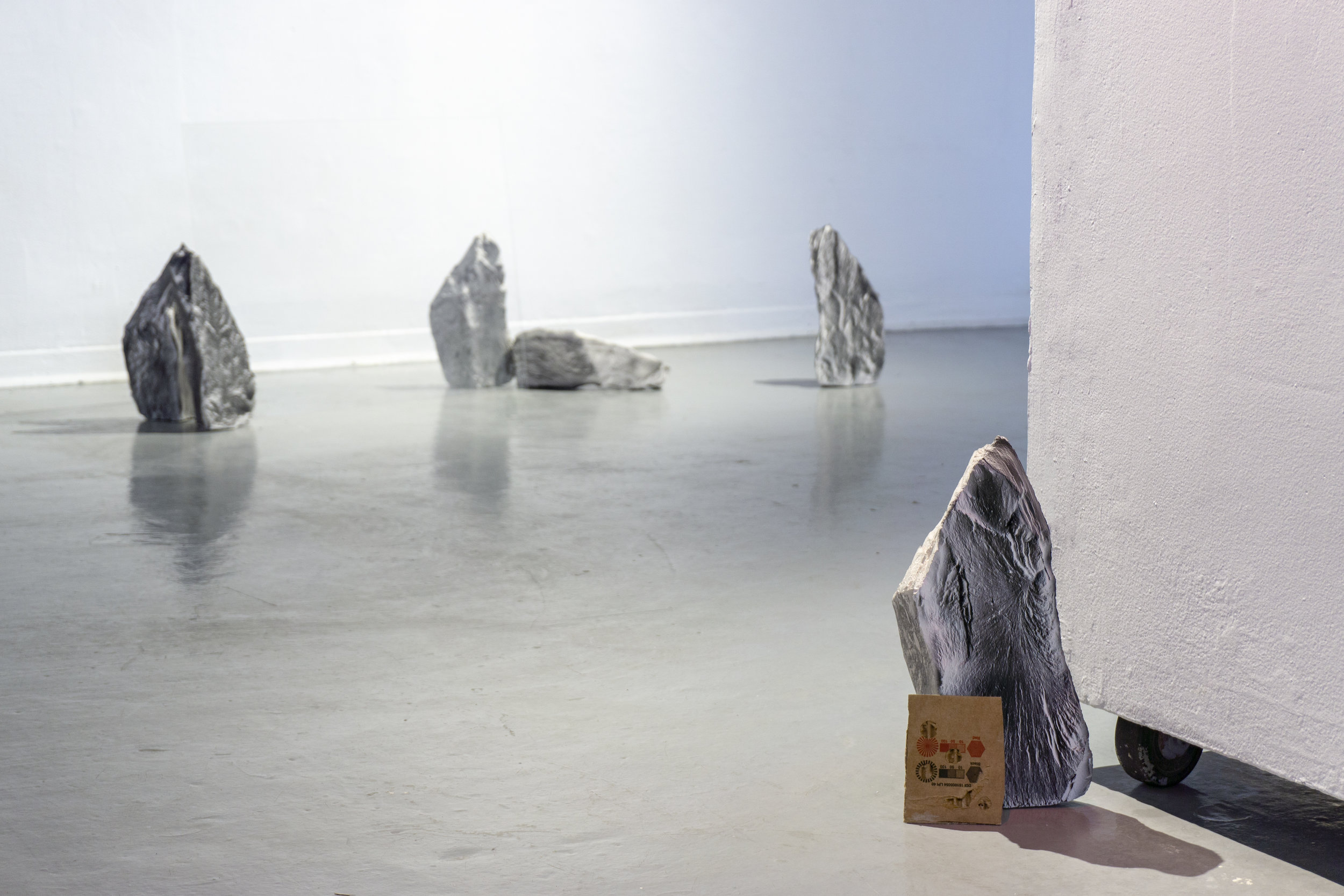
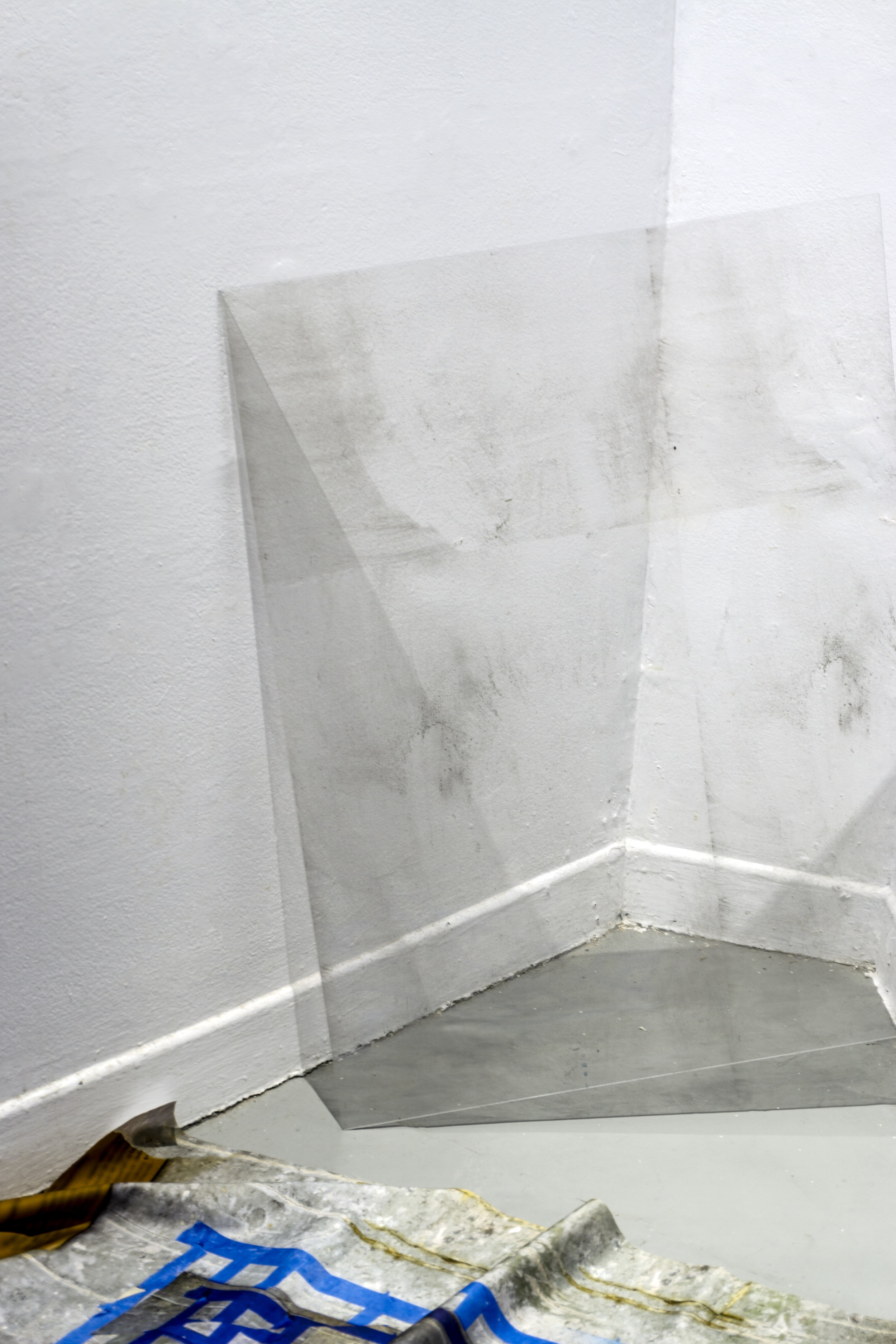
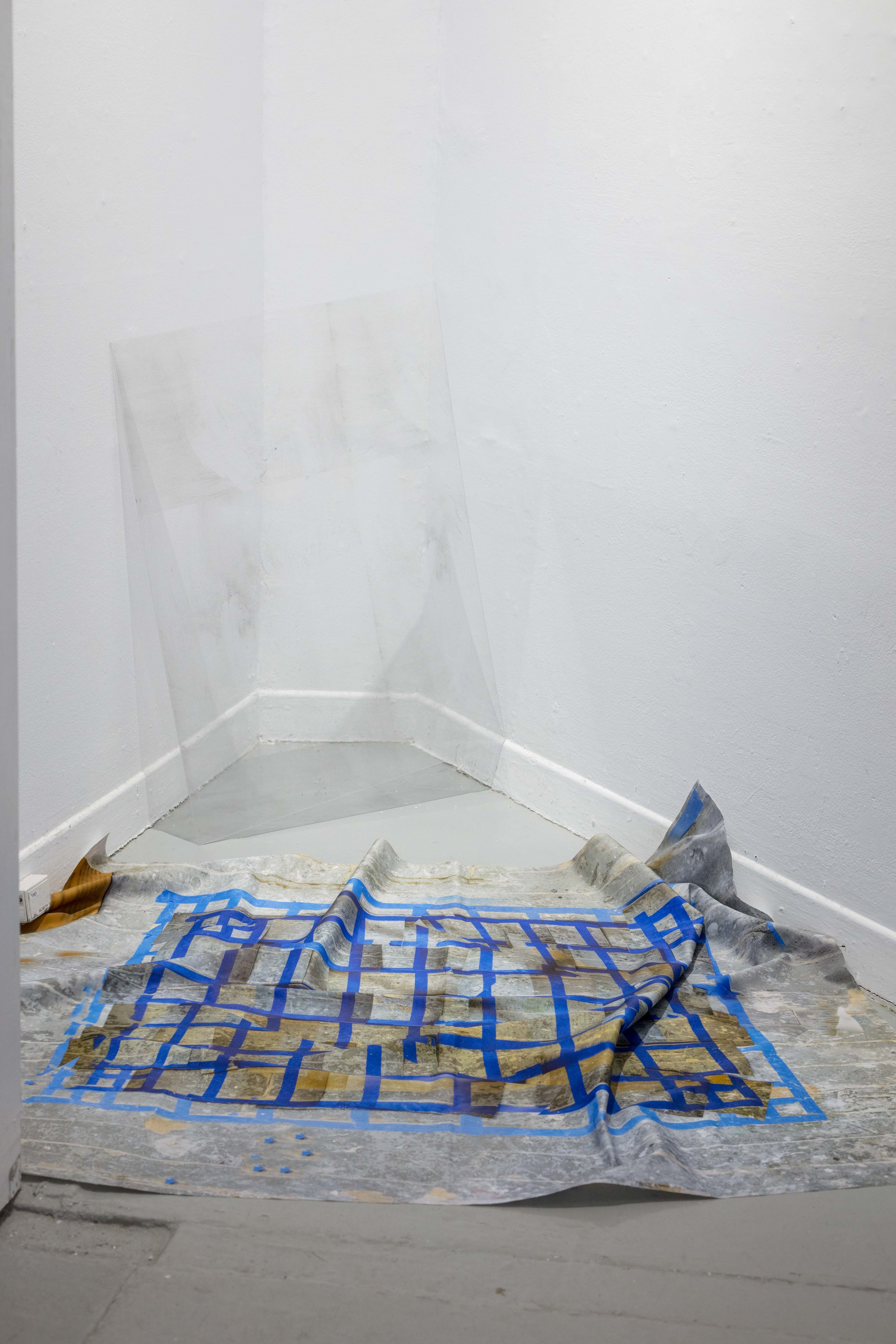
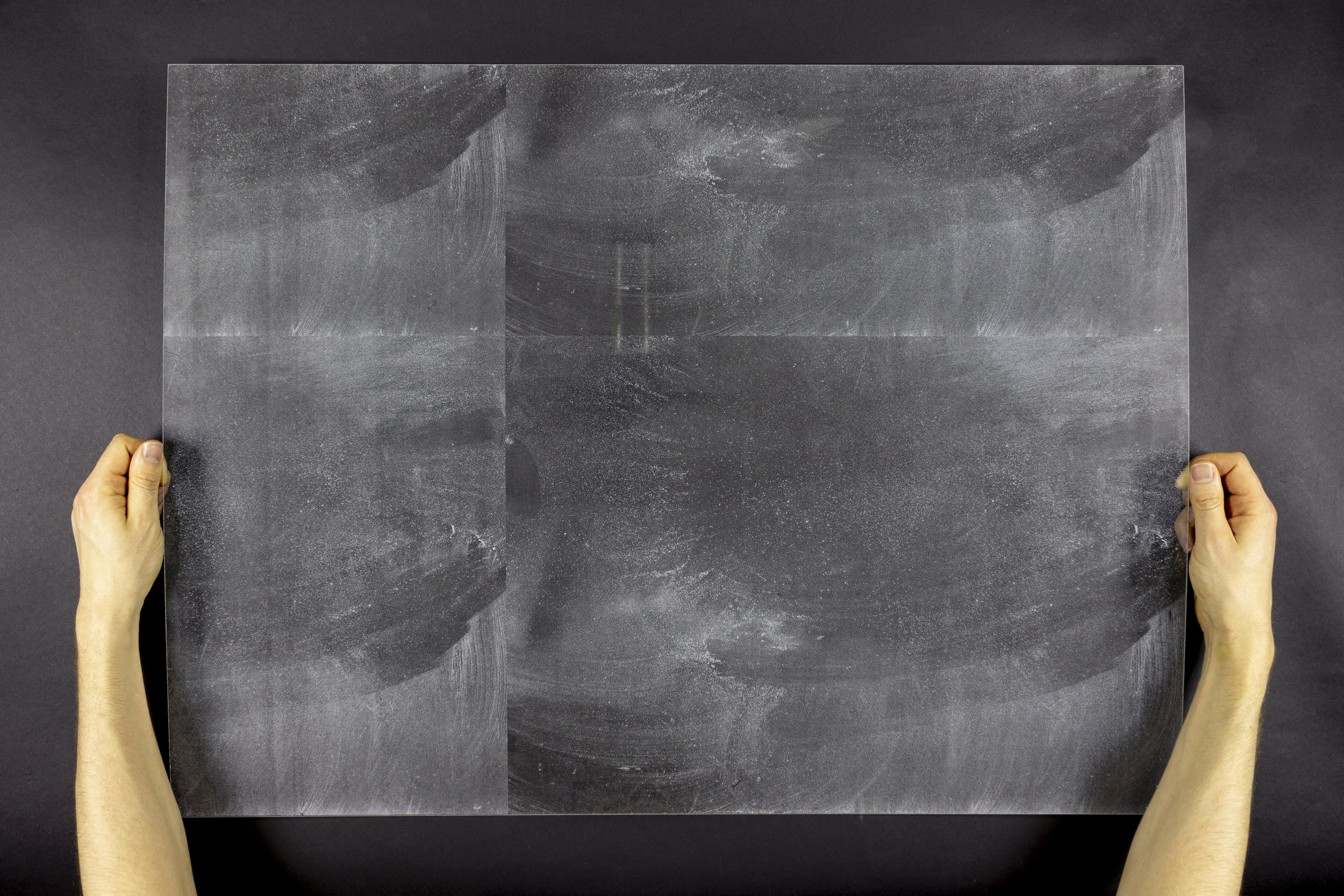
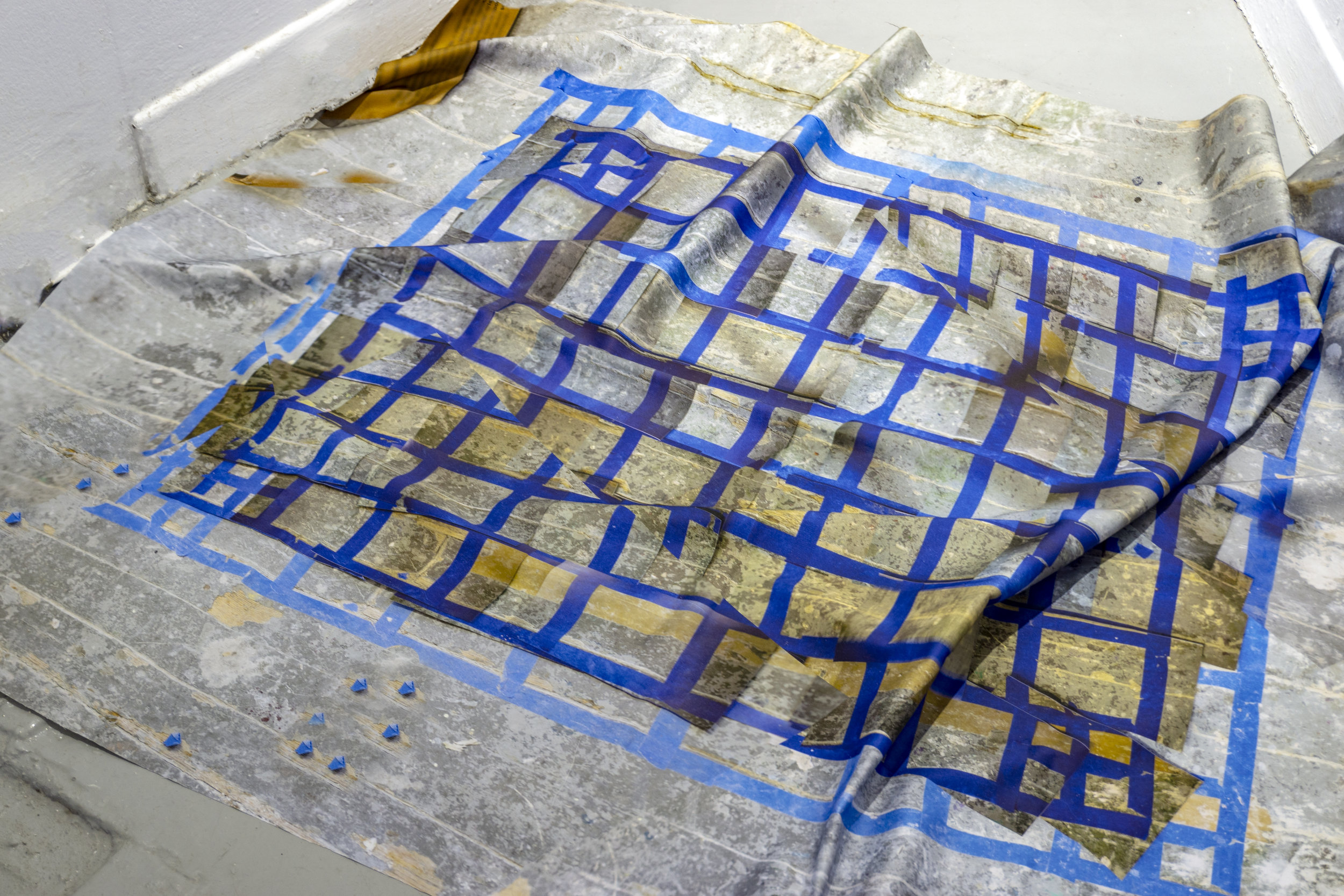
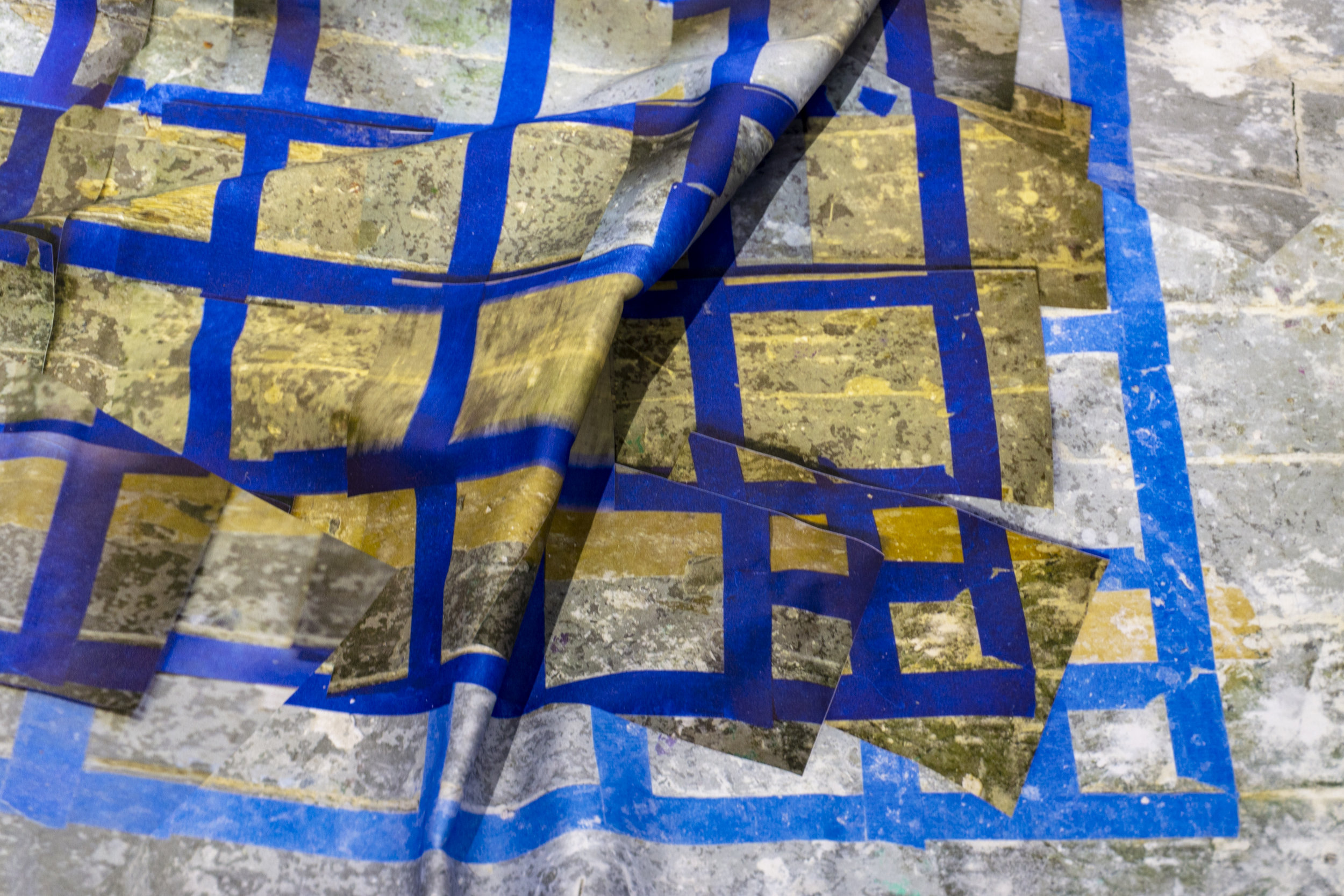
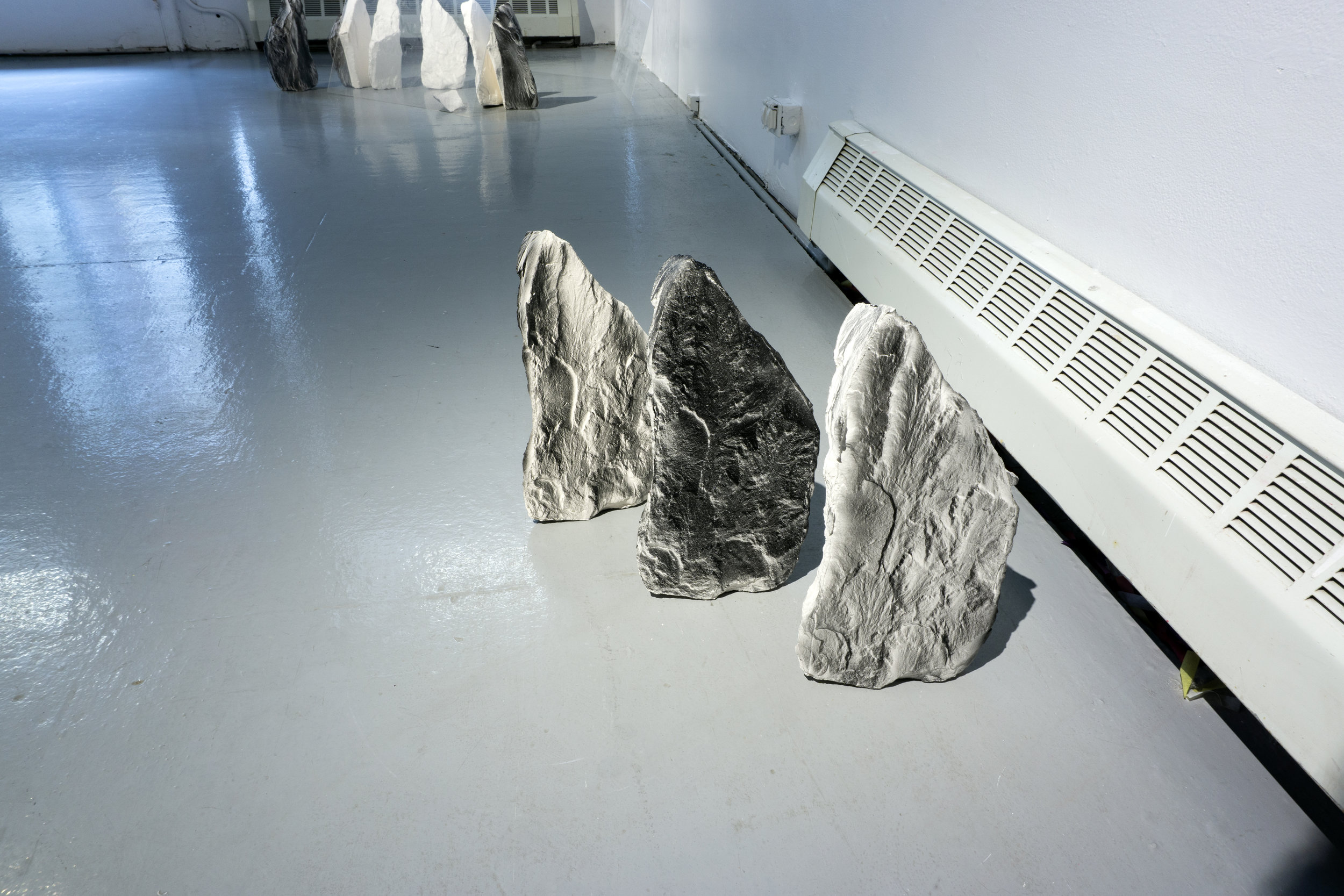
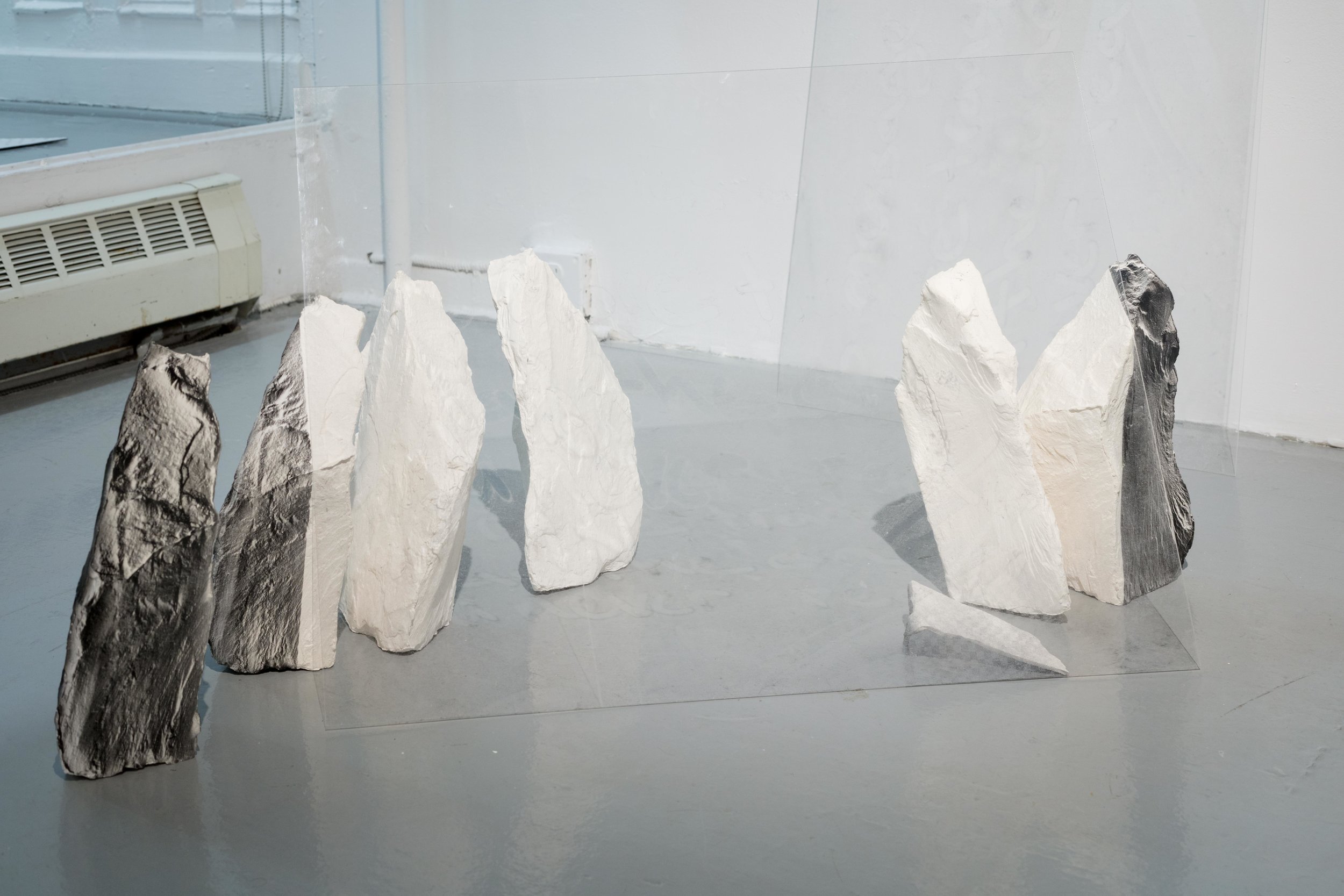
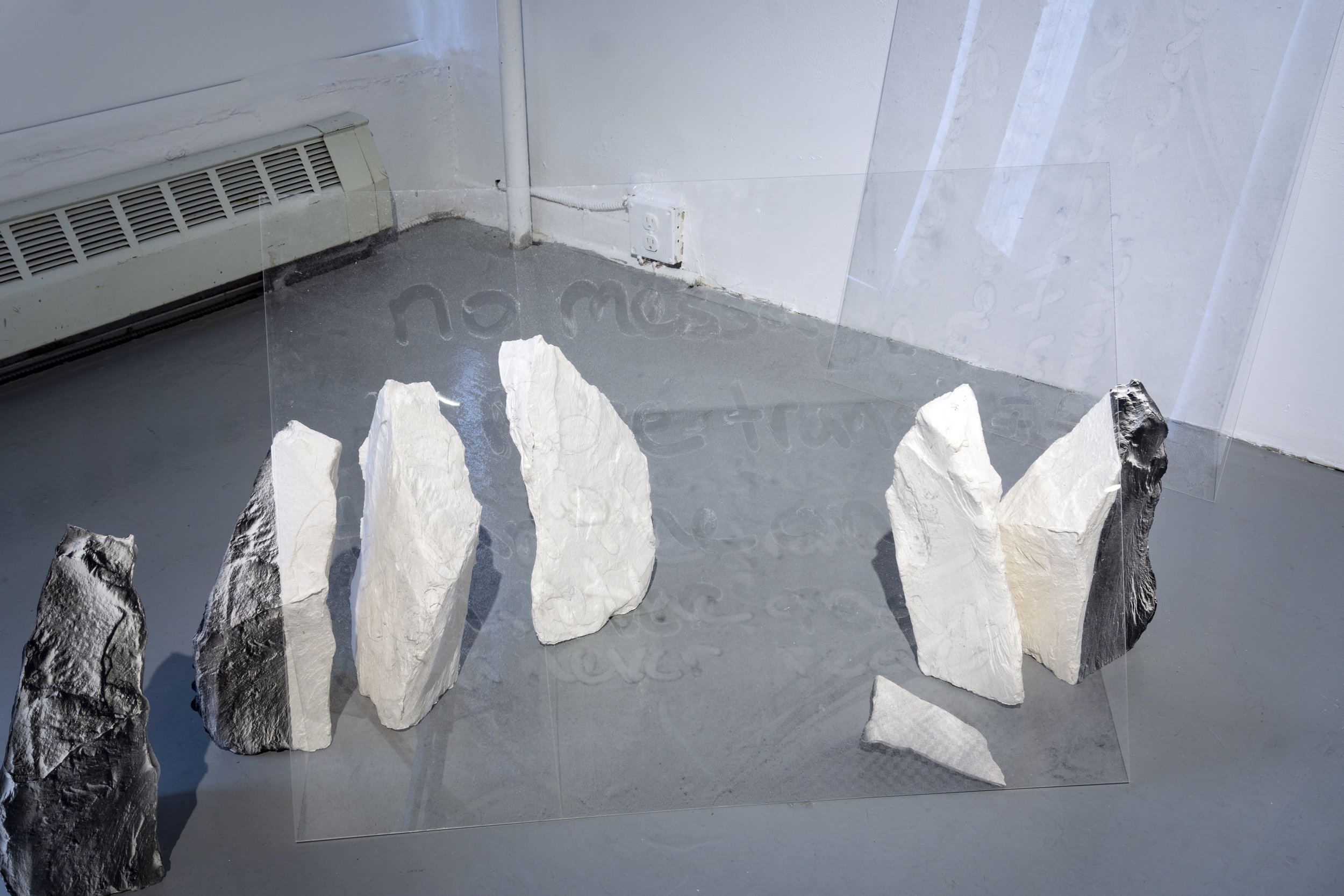
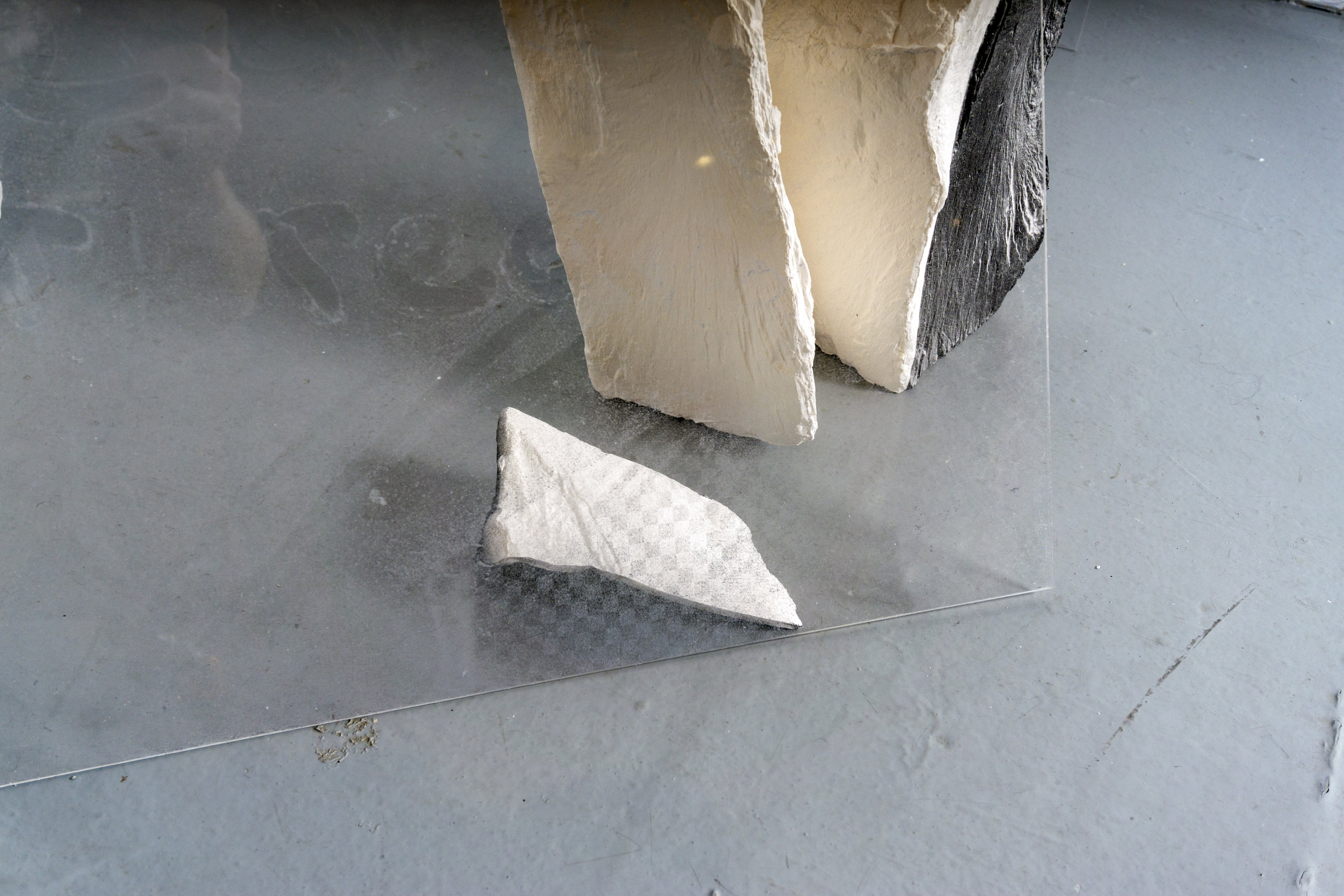


W Y S I W Y G
Master of Fine Arts Thesis Exhibition. NSCAD University.
The objects and environments I create through my practice of printmaking in the expanded field craft a separate representation of the visual technologies we are so dependent on for knowledge and experience. These representations of representations created out of trompe-l'oeil facsimile materials allow us to metaphorically “study the sun” without going blind, placing “understanding” exterior to the thing we wish to understand - a technique which is largely invisible but essential to our representational tools. However, as my work may ultimately communicate, no translation is ever I : I.
The photographic objects I create conflate media in both its old and new definition. Media, once meaning material, and its “immaterial” successor new media (digital media) are compressed together to make a single artifact of study. In this relationship materials such as stone, glass, dust, and wood, act as backgrounds and vessels in order to foreground the largely invisible background processes of digital media and images. The materials and assemblages which are reproduced through print methods communicate a seemingly neutral existence and leave us searching for more in their communication. After closer inspection digital manipulations and glitches are detected by the viewer in the objects surface and handling. In my work, dust presents itself as reproducible and in some cases crushed like a low quality .jpeg while elsewhere wood studs lean precariously against a wall in varying levels of surface fidelity and blur. What seems like a message scribed by someone’s digit turns out to be a digitally manipulated image, and what stood for a mark of individuality is revealed to be a typeface abstracted from an absent hand. Here the conflation of old and new media materializes a question put forward by media theorist John Durham Peters: does new media actually bring new problems, or does it just breathe new life into some of our oldest sources of anxiety?
The digital image is an impression completely made of language (code) and its visual form is perhaps only a skeuomorph adopted from previous modes of photography. If the digital image is a mimicry of photography’s forms of depiction then we require new modes of visually understanding it.
All works on glass are silkscreen printed.
Lumber is digitally printed.
Stones are hollow slipcast ceramic.
Tarp is made of solid plaster.